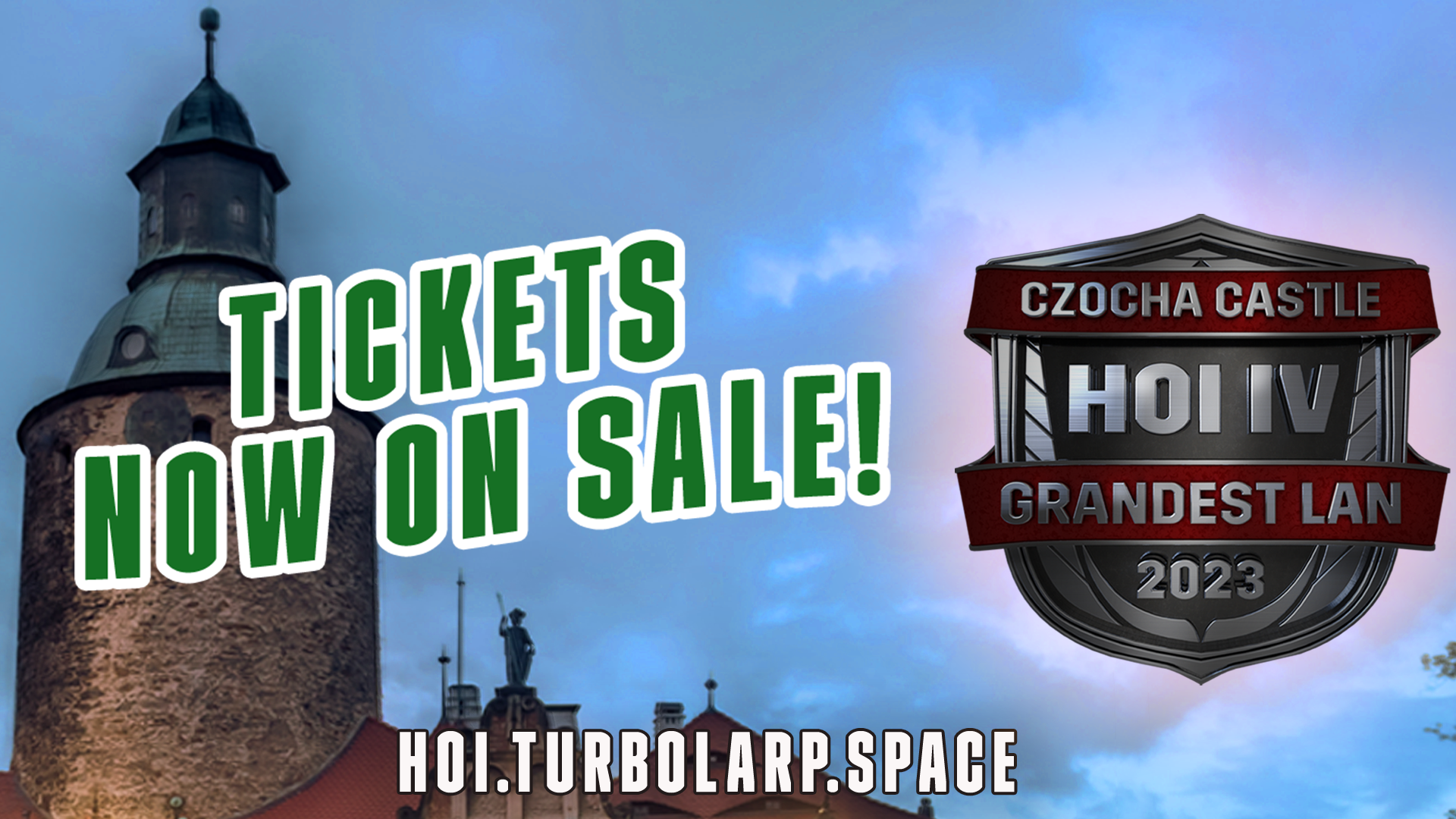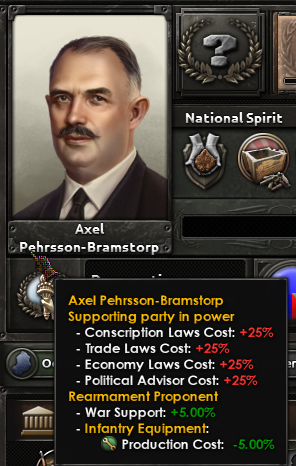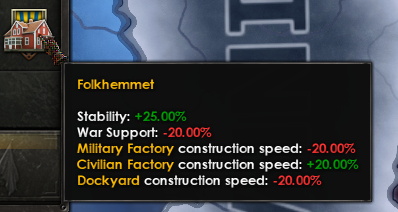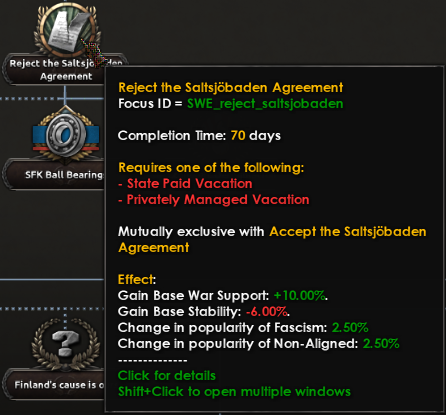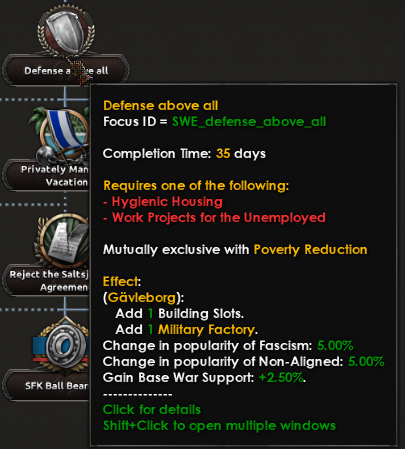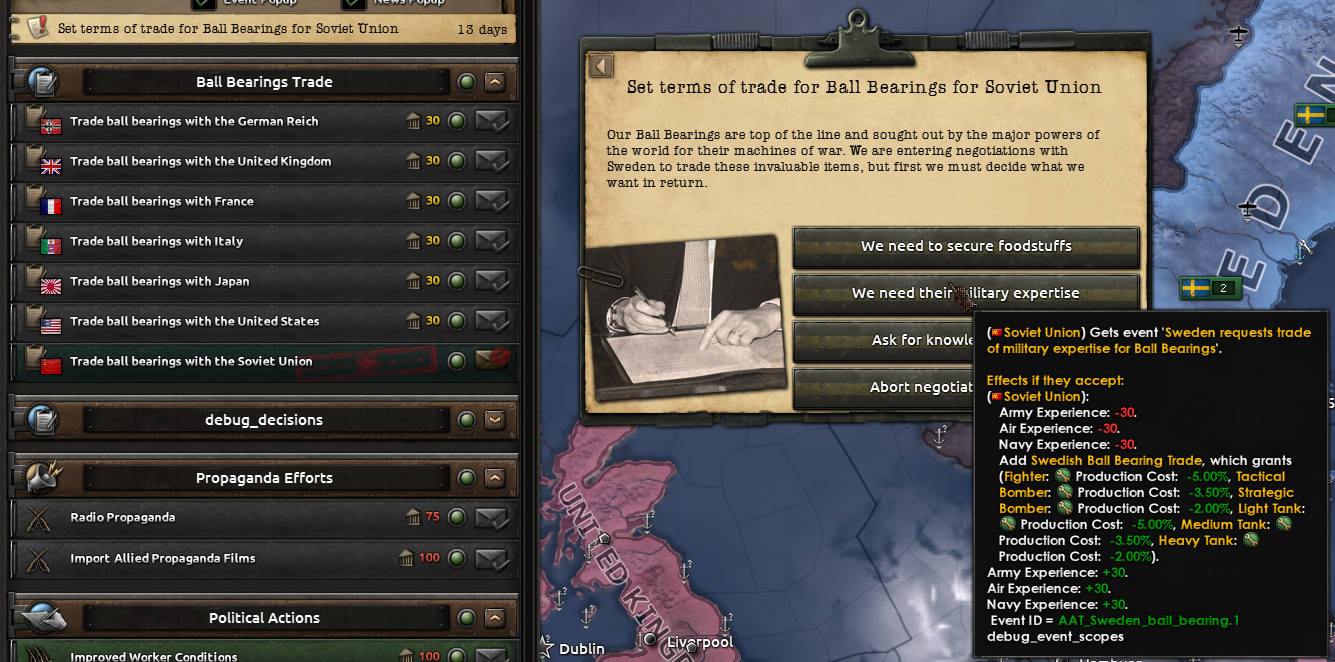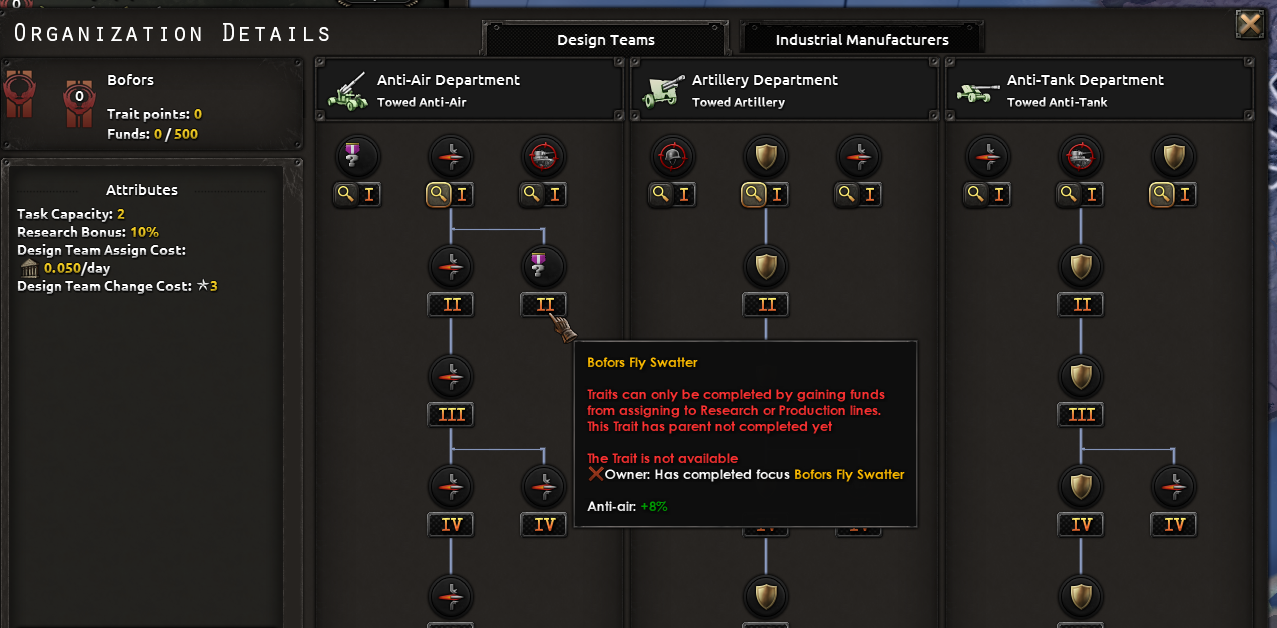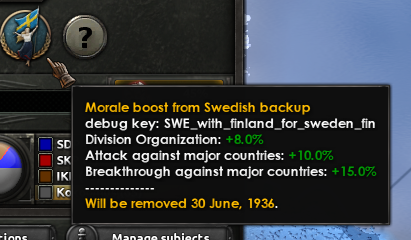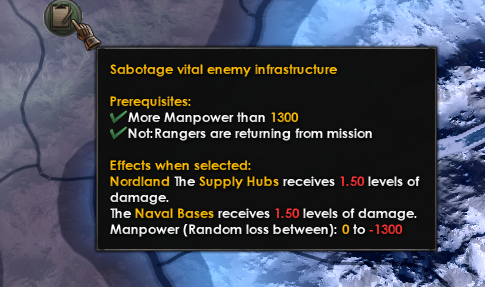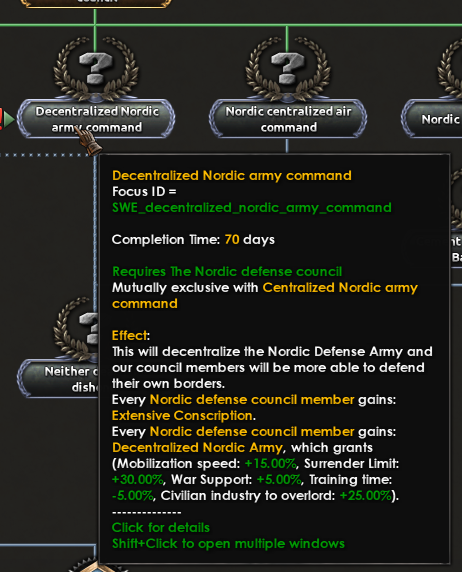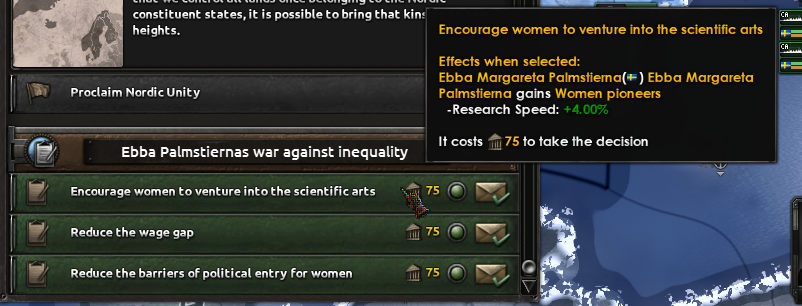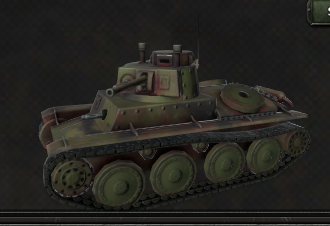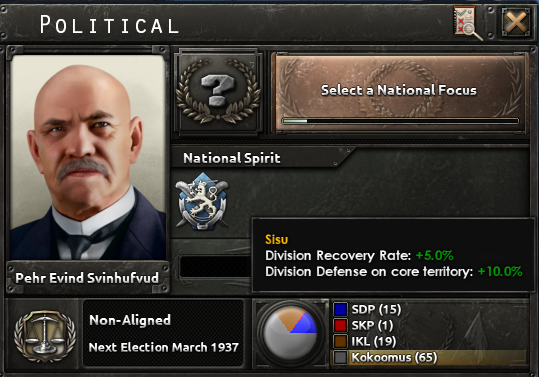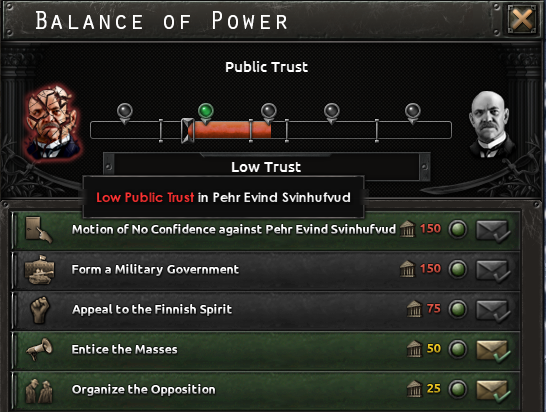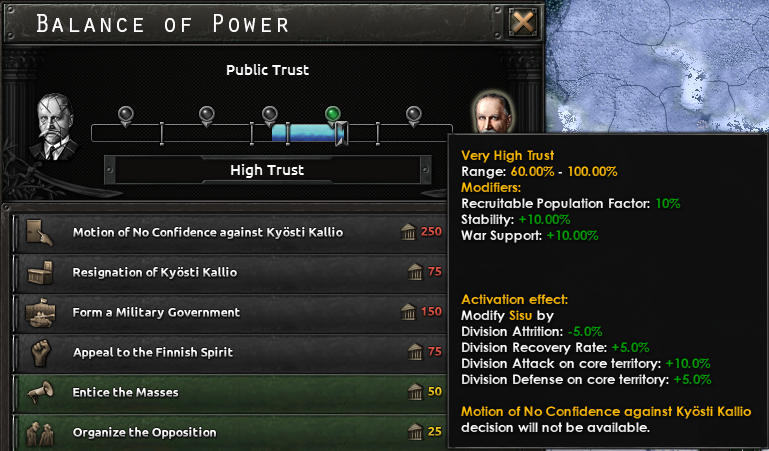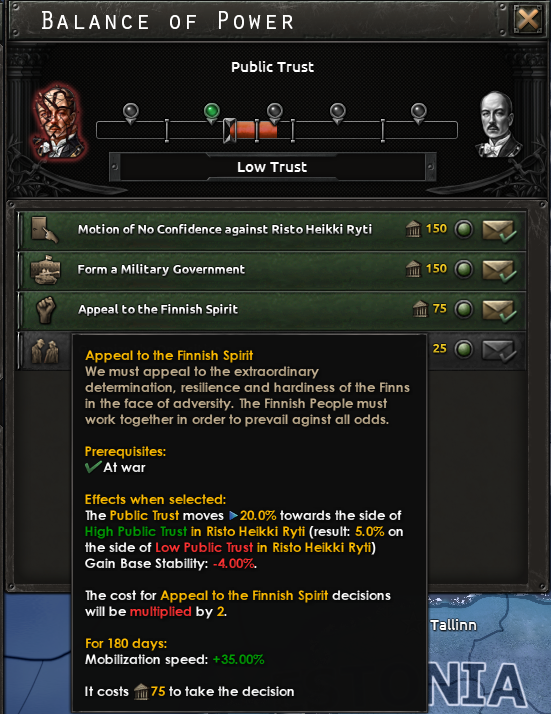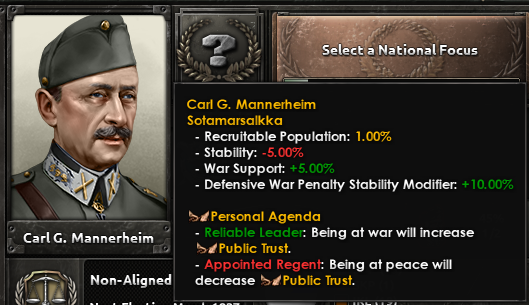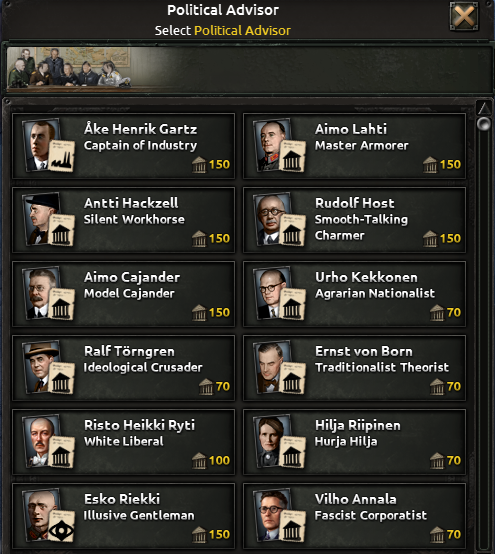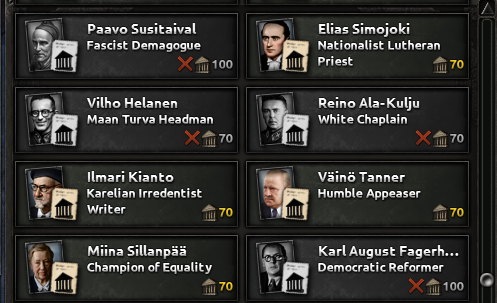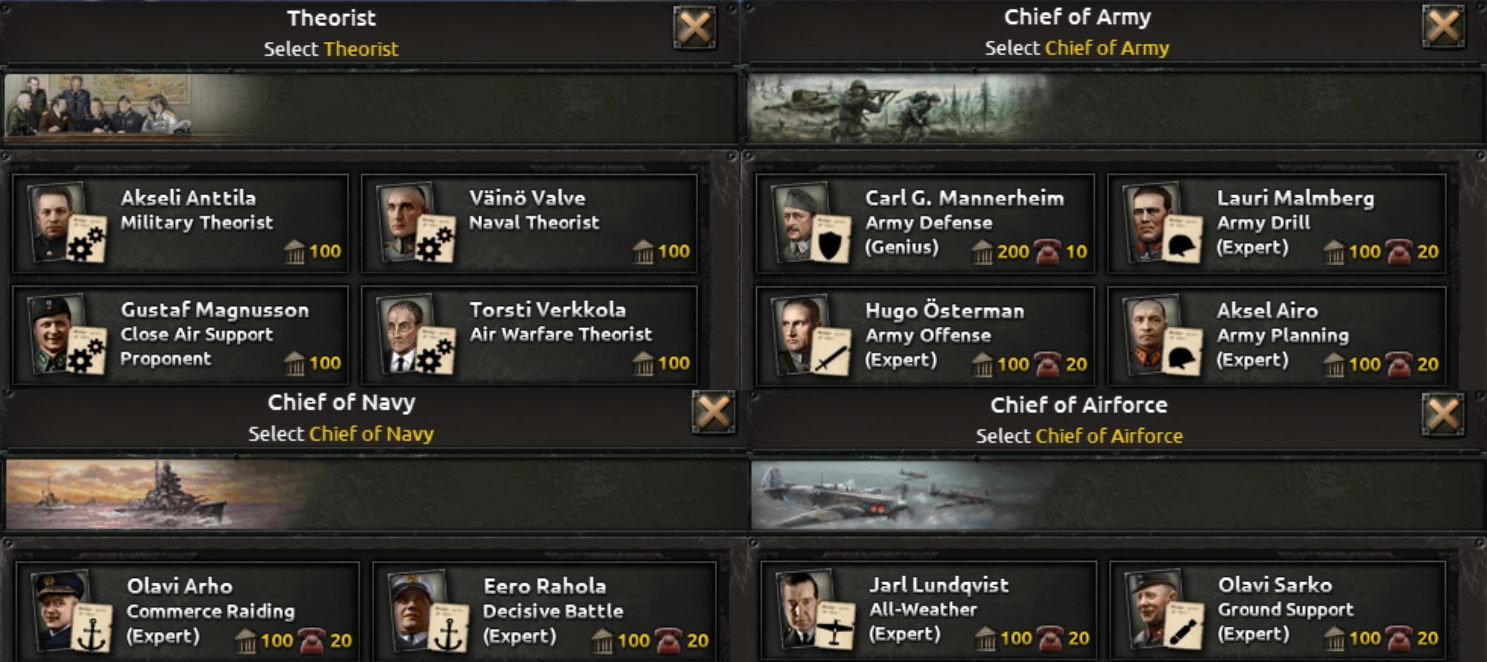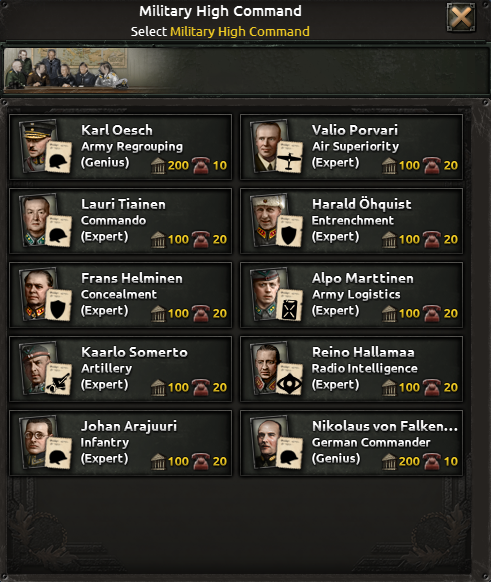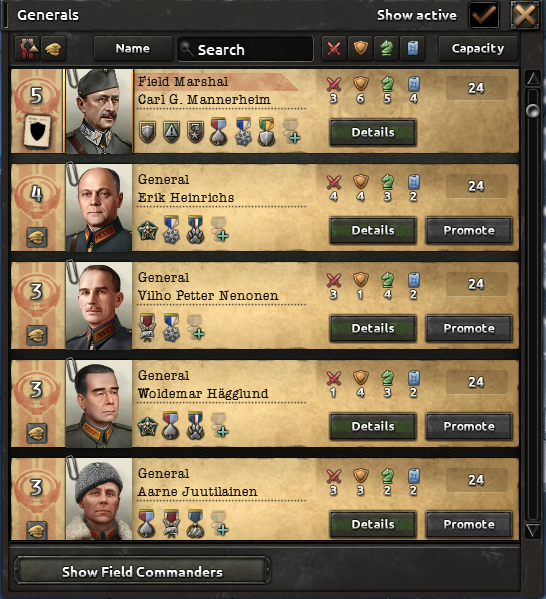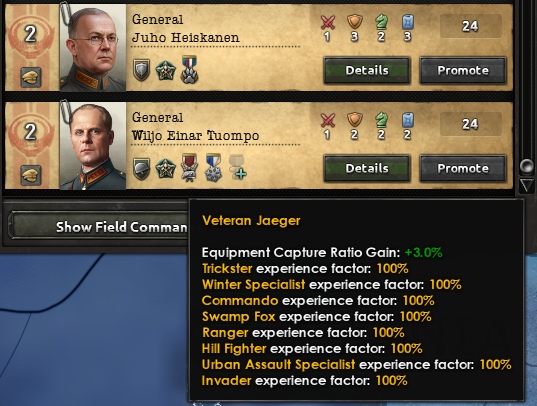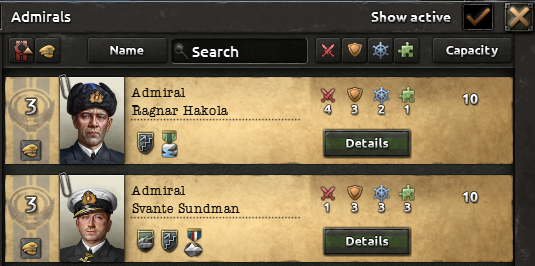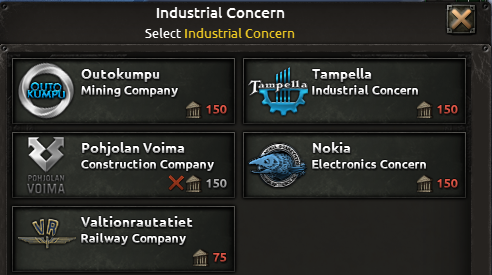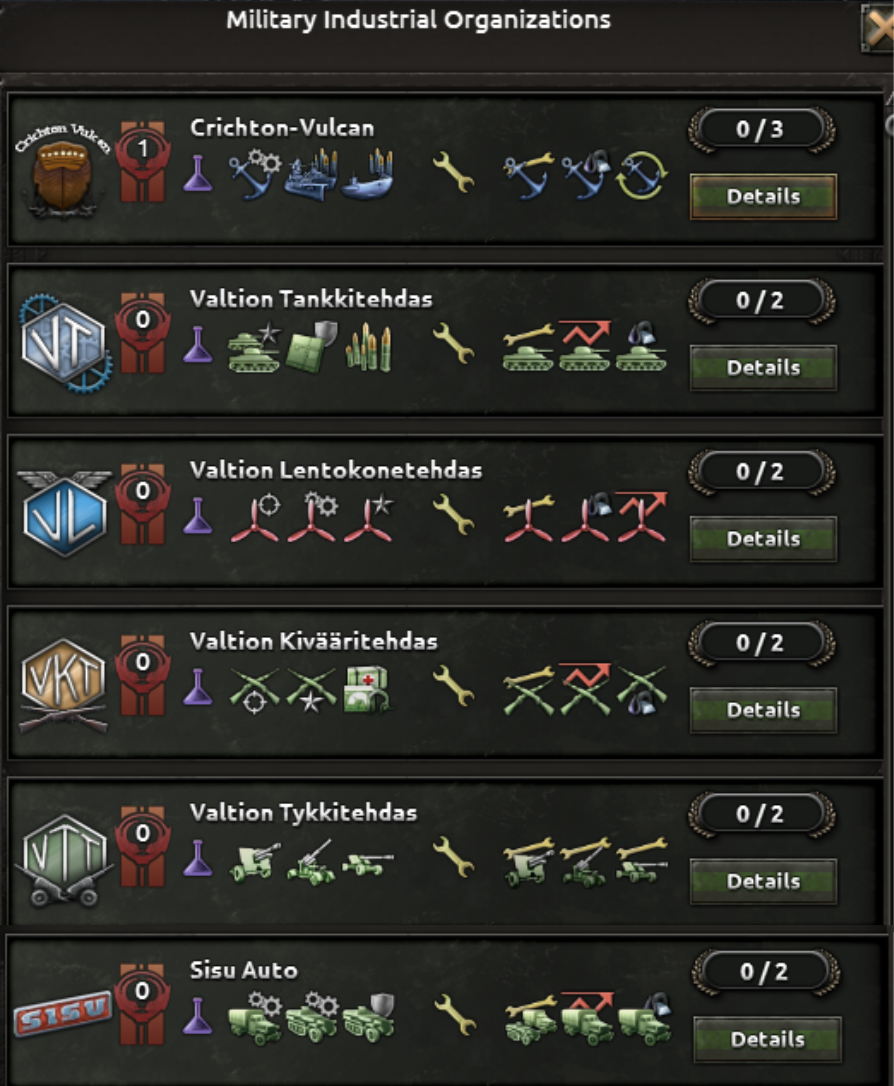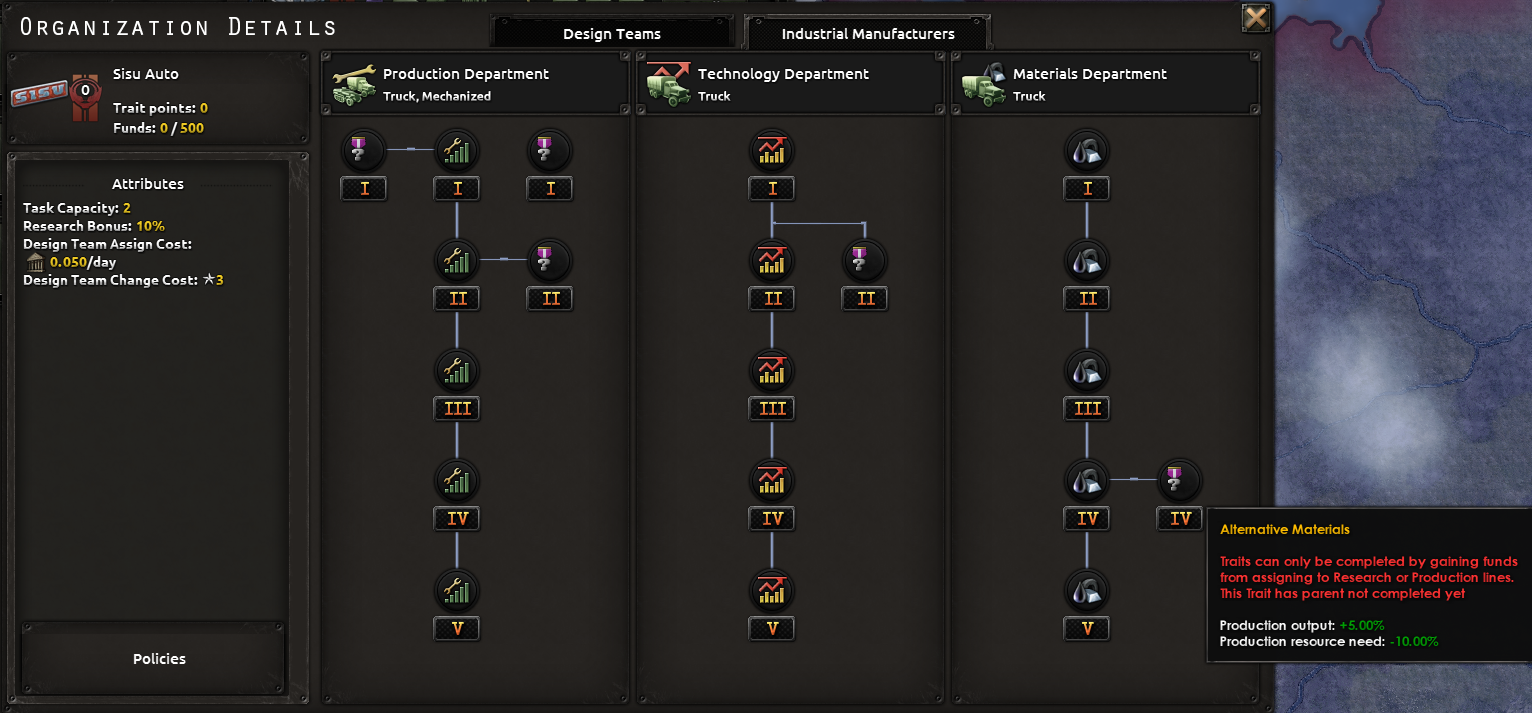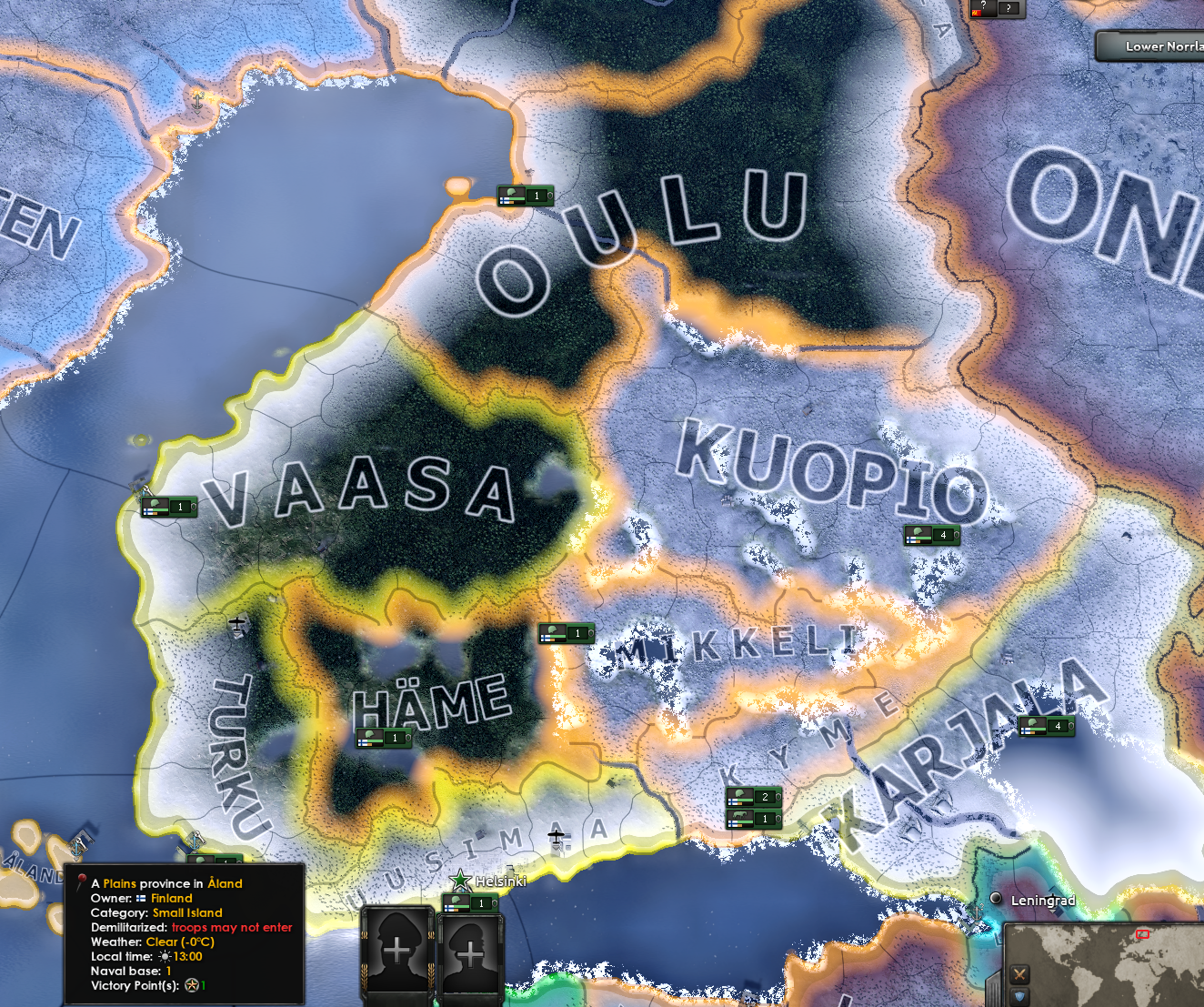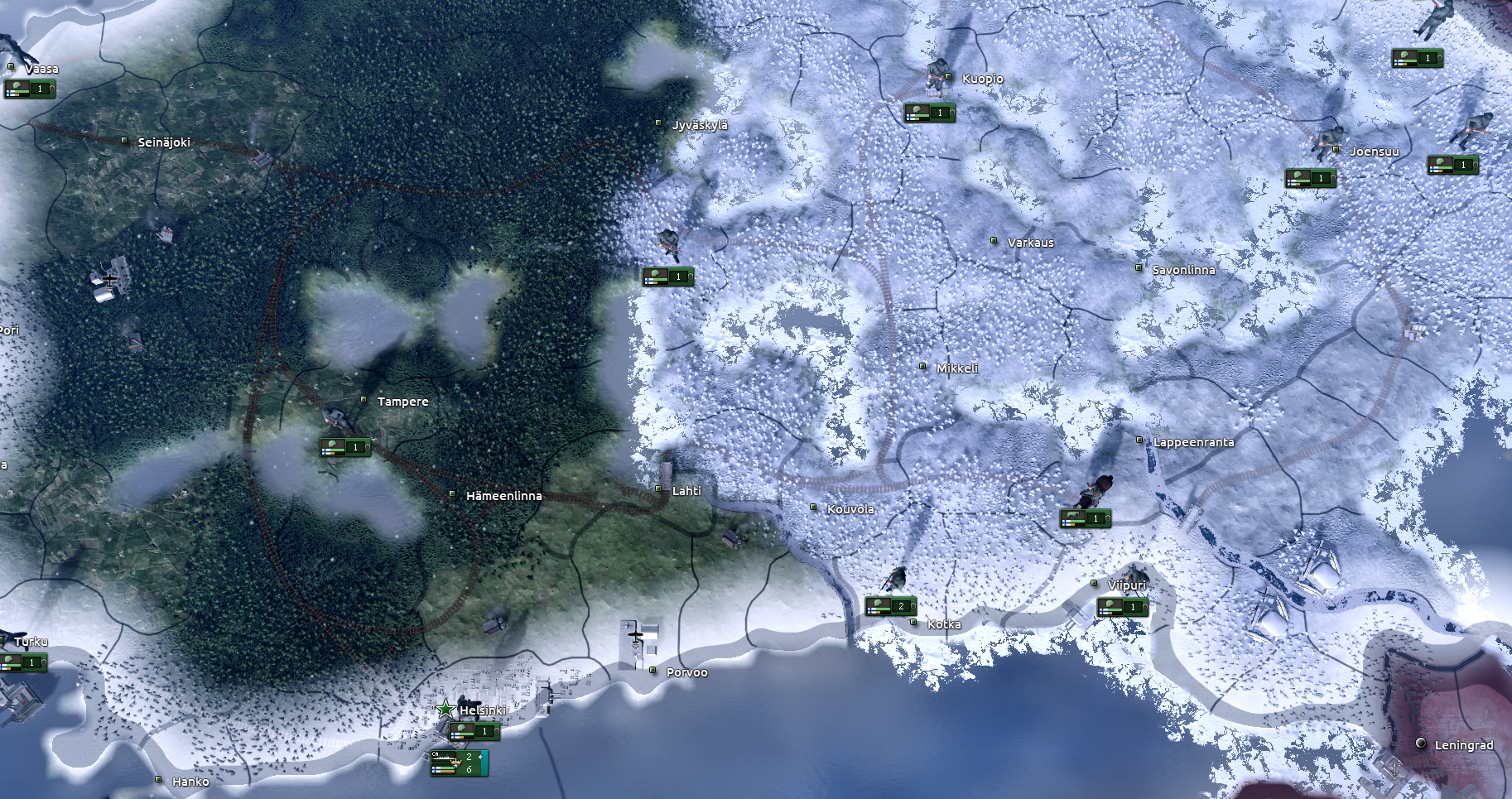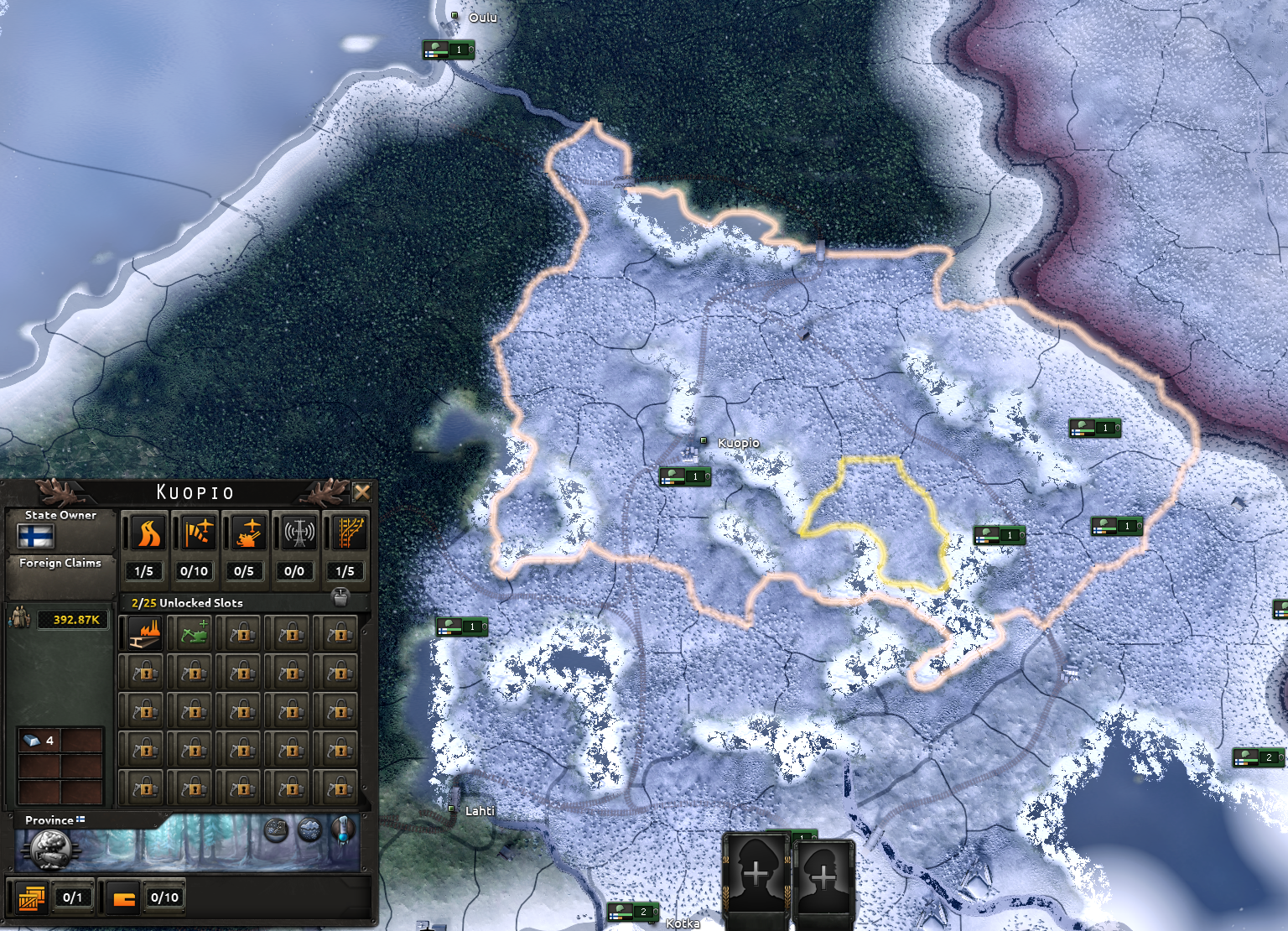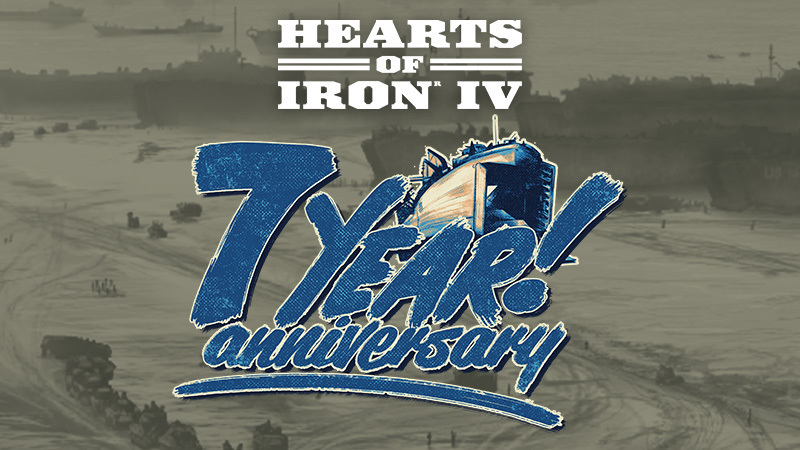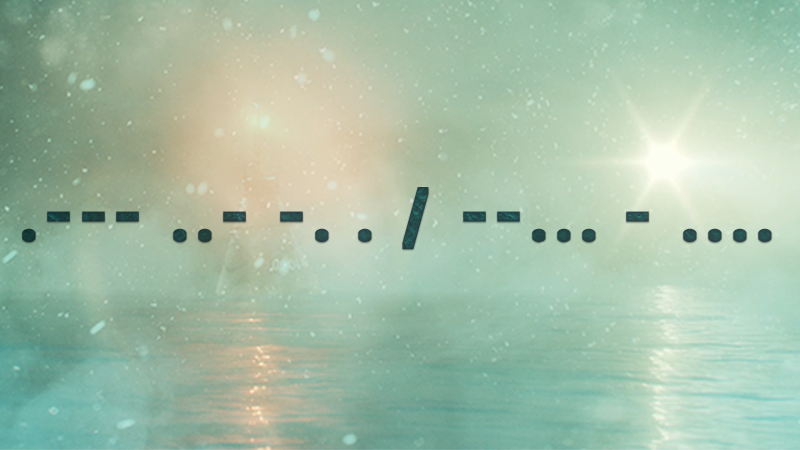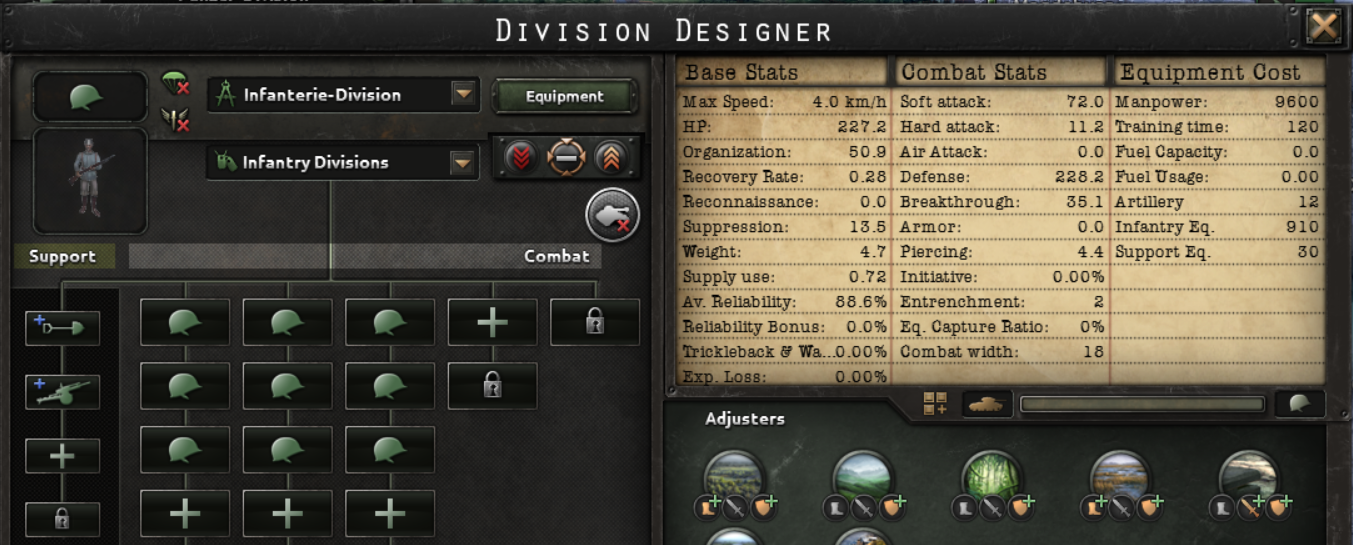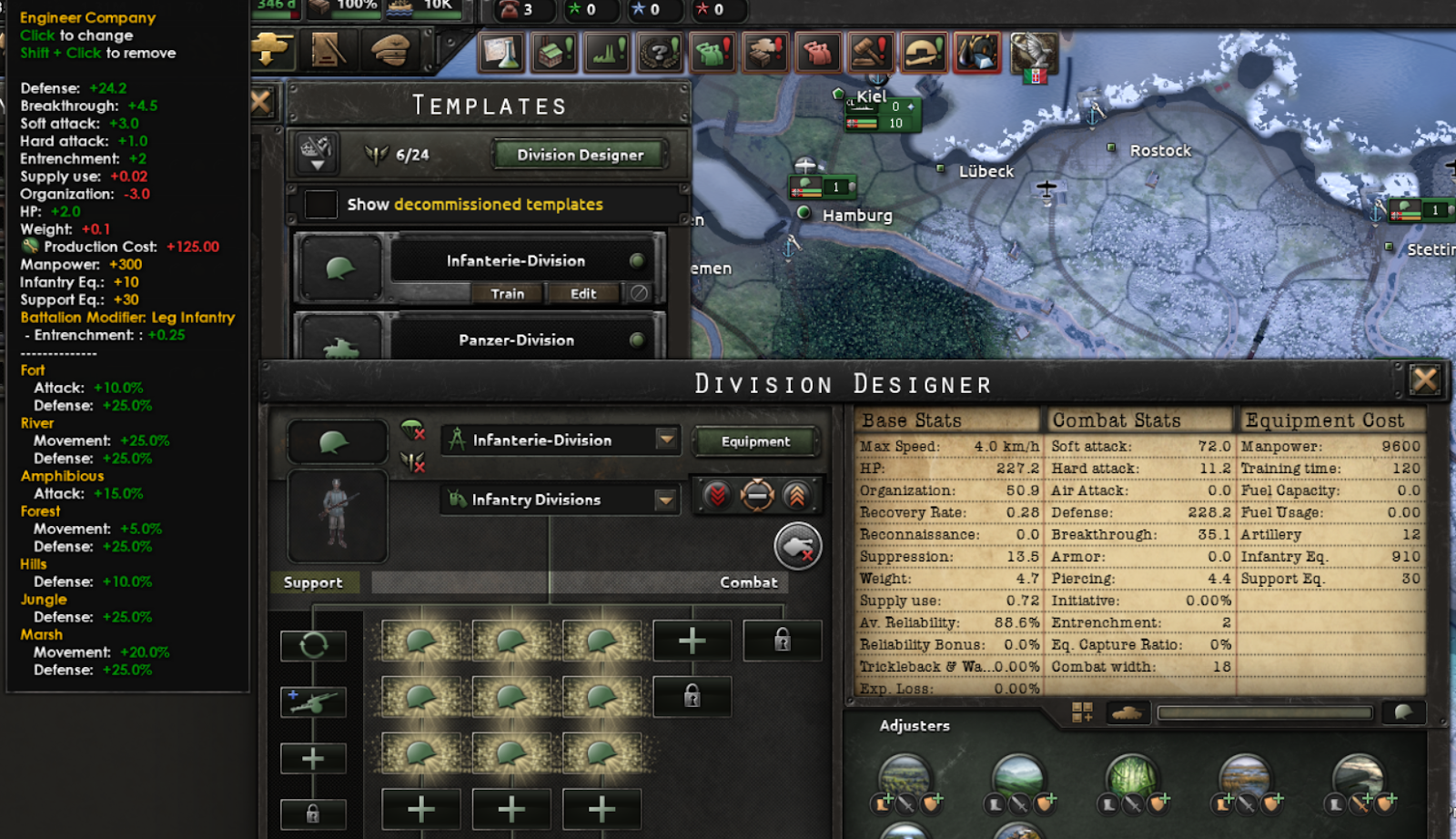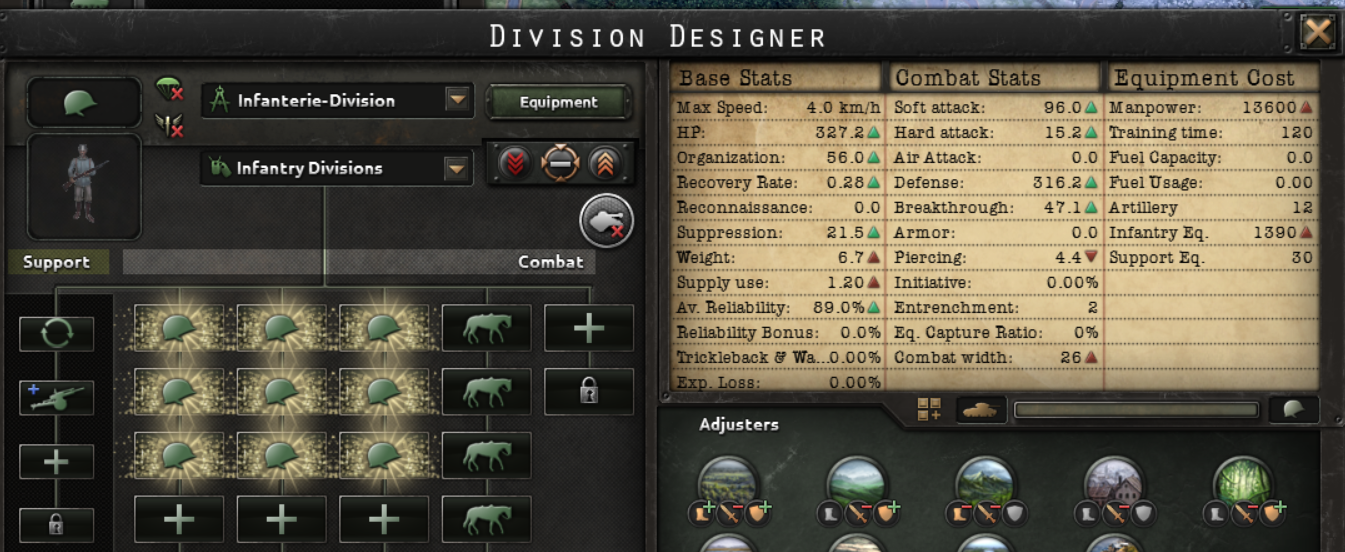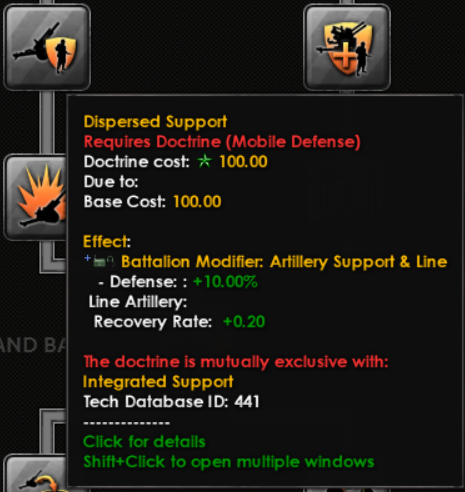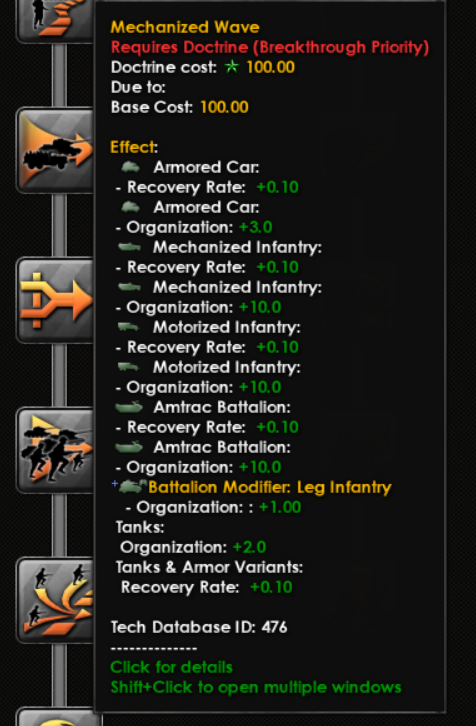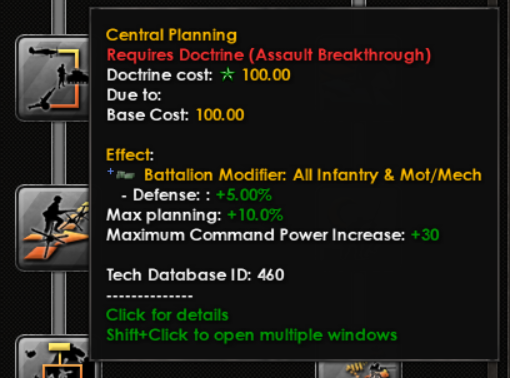
Jun 21, 2023
Hearts of Iron IV - PDX Chakerathe
The year is 1936. After 30 years since gaining their independence from Sweden, things in Norway finally seem to be looking up: Its enormous merchant marine continues to be a steady source of wealth, the meager industrial base is starting to recover from the ravages of the Hard Thirties, and there’s finally a majority government, led by Johan Nygaardsvold, who is in the process of enacting sweeping progressive reforms and will bring political stability to this young nation.
The wind may seem to be on Norway’s back, but it is merely the harbinger of the storm to come.
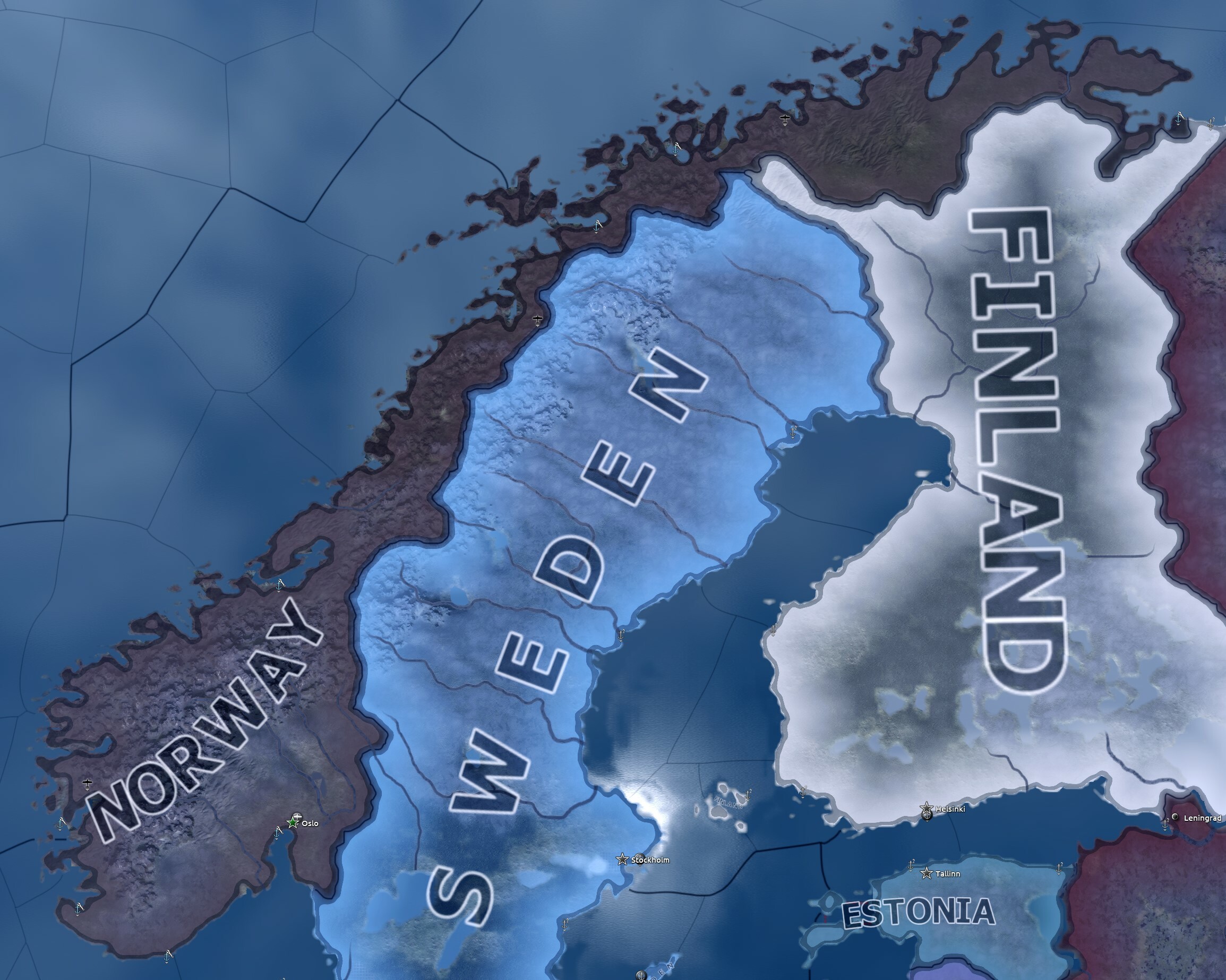
Hey everyone! I’m Carlo, Content Designer for Hearts of Iron 4, and in charge of the Norwegian content. I’m really excited to present to you how we’re depicting Norway in this period; It’s a fascinating country that played a huge and exciting role during World War II, and I’m sure you’ll all have a lot of fun trying to defend it. Let’s get to it. Disclaimer: All of this is Work In Progress and subject to change.
As I was saying in the prologue, the political situation of Norway is getting better, but they have let their armed forces languish, and not only for budgetary reasons: You see, Norway had declared themselves neutral, and while Switzerland hoped to stay out of the war by making itself be as annoying to conquer as possible, Norway hoped to achieve the same result with the opposite method, trying to appear so harmless and accommodating that nobody would think of invading.
I don’t think I need to tell you, dear reader, this plan failed miserably.
They made themselves so damn harmless, that when the war started, BOTH sides were making plans to invade preemptively before the other one had a chance to do so, and when it finally happened, they were caught completely off guard.
And why did both sides want to keep Norway out of the hands of the other? Well, the main reason I presume you read in Sweden’s Dev Diary, Narvik was where iron from Sweden was shipped to Germany when the Baltic ports were frozen. The second one is simply that Norway is very well positioned to launch aerial and naval operations against Britain.
This is why, if you want to change the course of history and defend democratic Norway against the German threat, it will be a challenge. Here are the starting National Spirits:

Complacent Cabinet is meant to represent the unduly confidence the Nygaardsvold government had in a future smooth sailing, and how unprepared it was for a swift reaction to war. It basically makes it harder for you to switch laws and to change the terrible Theorist you start with. Why is he so bad? Well, to represent the infamous miscommunication that occurred when the cabinet found out about the invasion. TL;DR: The government asked for a Partial Mobilization, but unbeknownst to everyone except Birger Ljunberg, this meant sending the conscription orders by post, a terrible idea when you know the enemy is at the gates. Instead of, you know, telling this to the rest of the cabinet and asking if they were sure, he just went ahead and instructed to send the orders by post [Clownemoji].
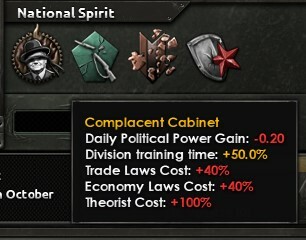
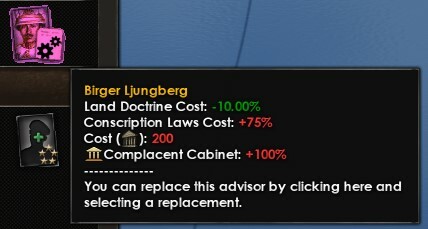
Obsolete Armed Forces to represent the sorry state of the Norwegian army at the time, ESPECIALLY the forts. That’s why we added two new modifiers so we can make a country’s forts worse than usual. Don’t worry, you can remove this National Spirit later.

The Hard Thirties: AKA country coming out of the great depression starter pack, it makes it slower for you to build and increases your consumer goods usage.
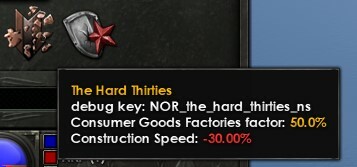
Anti-communist Sentiment increases fascism because there wasn’t a massive communist or fascist presence in the country, but the fear towards communism was one avenue fascists used to recruit.

These are just the starting National Spirits, through the Focus Tree you will be able to remove some of them, and add some new ones. Here’s the political branch for Historical Norway:
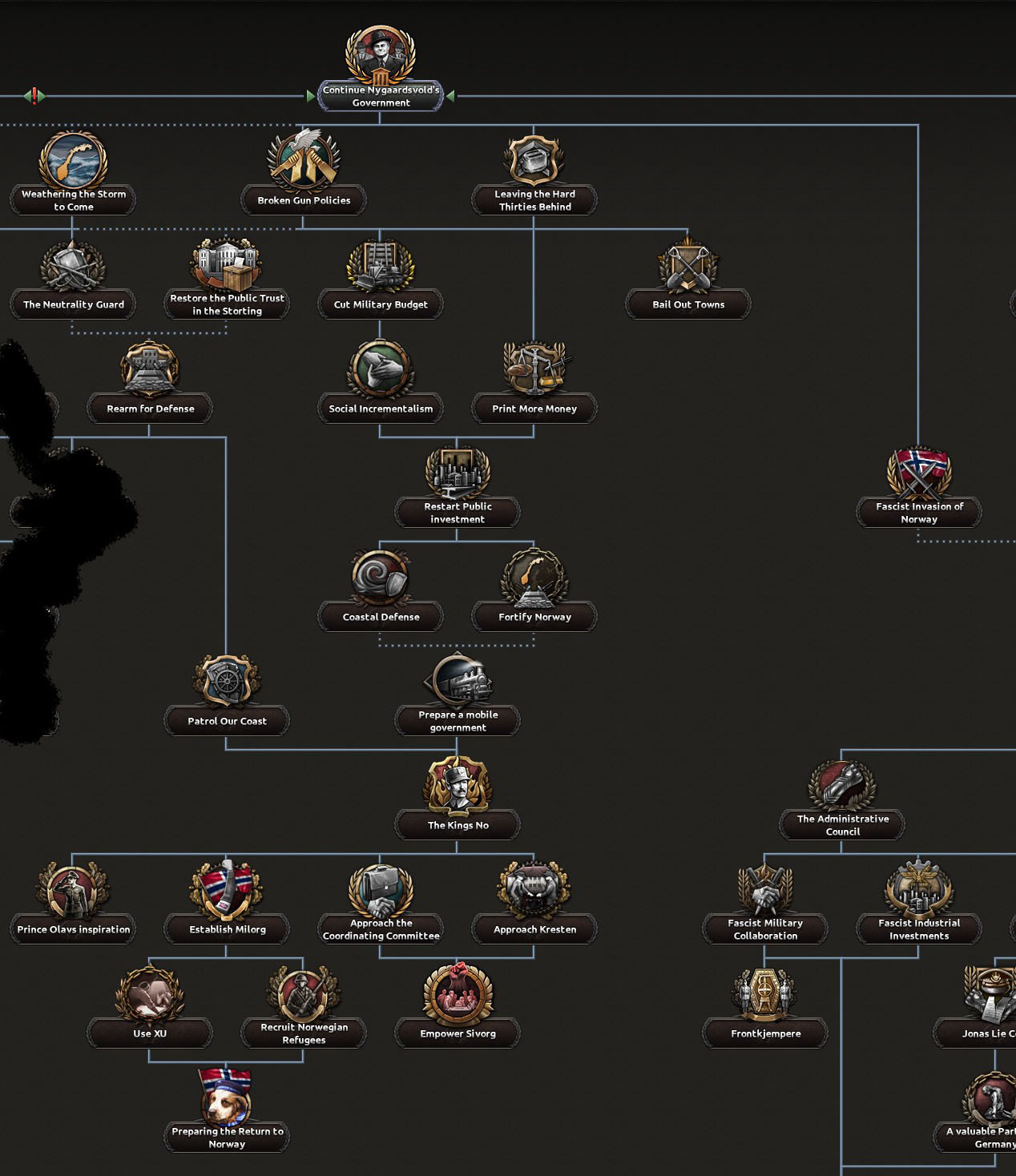
As you can see, most of the starting focuses will be geared towards building up civilian industry and improving the political situation, ignoring military buildup.
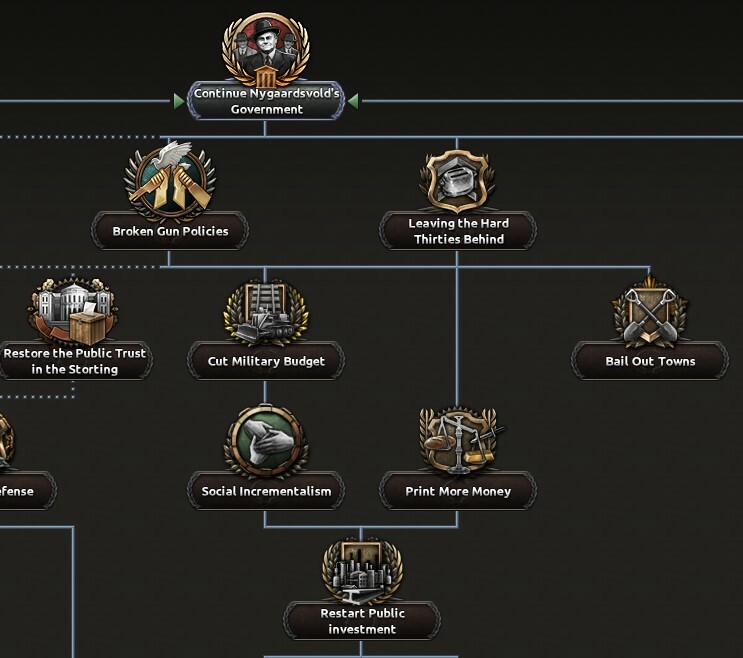
In fact, if you want to develop Norway properly, you’ll have to complete the focus Broken Gun Policies, which will lock you out of most of the military focuses, but gives you access to the central decision system for Historical Norway:
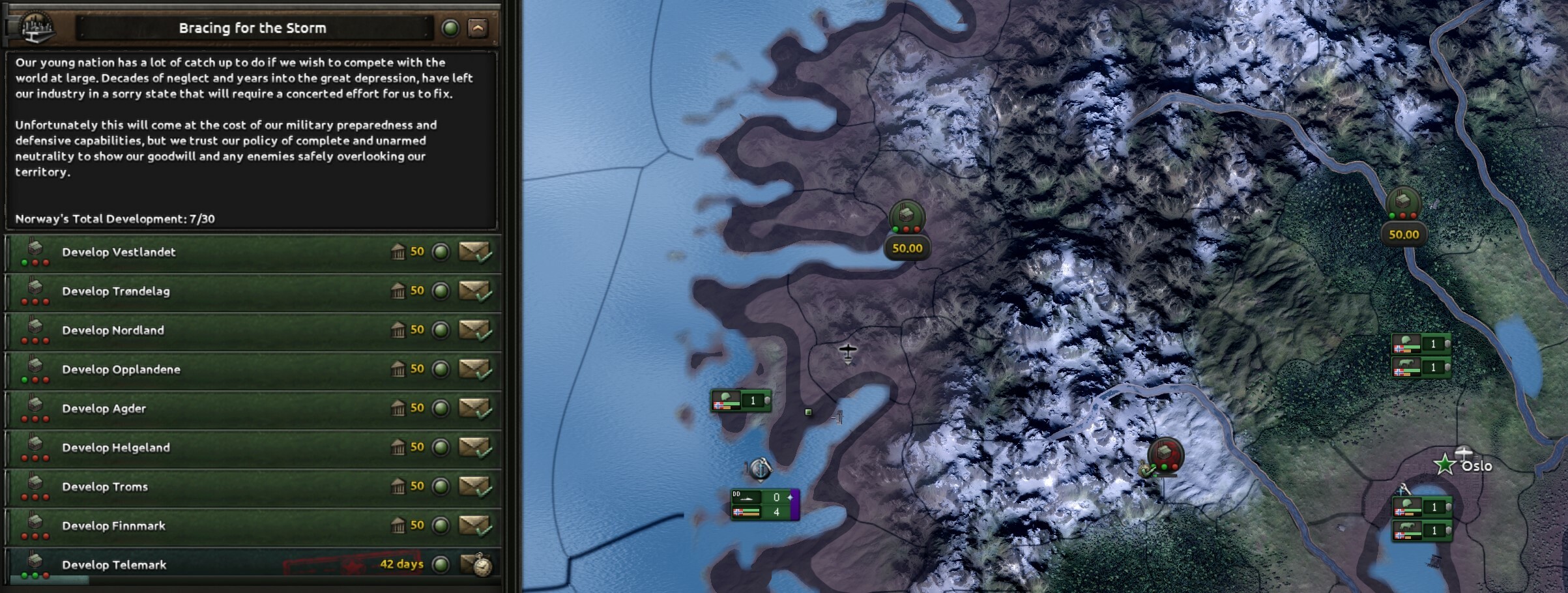
The idea is that you can develop each state individually so you can get civilian benefits out of them, at the cost of military readiness for that state. You can Develop a state up to 3 times, with increasing civilian benefits and harsher military penalties. As I said, Norway’s focus before the war was civilian development rather than military preparedness, if you started building up the military right away it wouldn’t be historical would it?
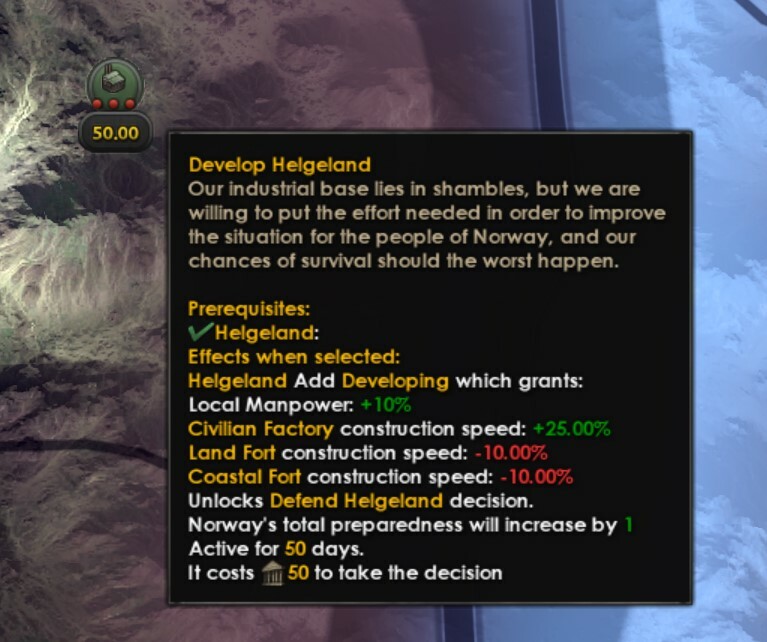
Don’t fret though, once the war starts, you’ll be able to leverage this development into military benefits to properly defend against the incoming Fascist bully. It won’t only cost you development and political power, you will also spend convoys; after all, Norway had one of the largest merchant marines in the world, so shedding it represents the economic cost of shifting towards military power.
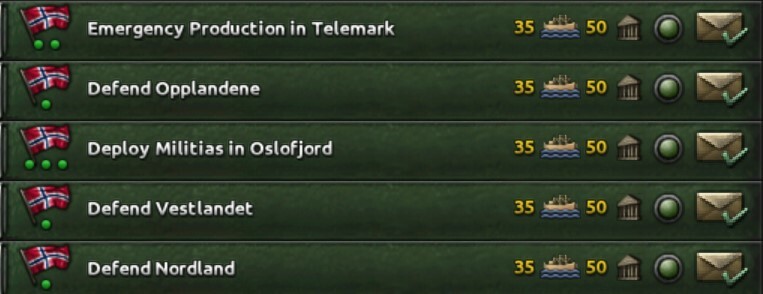
When you convert the development of a state into military military effects, the state will go one level down in development and you will get a different benefit based on the development level:
At level 1 you will get a dynamic modifier in that state to defend it better.
At level 2 you will get a free military factory in that state
And in level 3 you get two militia divisions, plus a dynamic modifier for the resistance on that state when it is conquered.
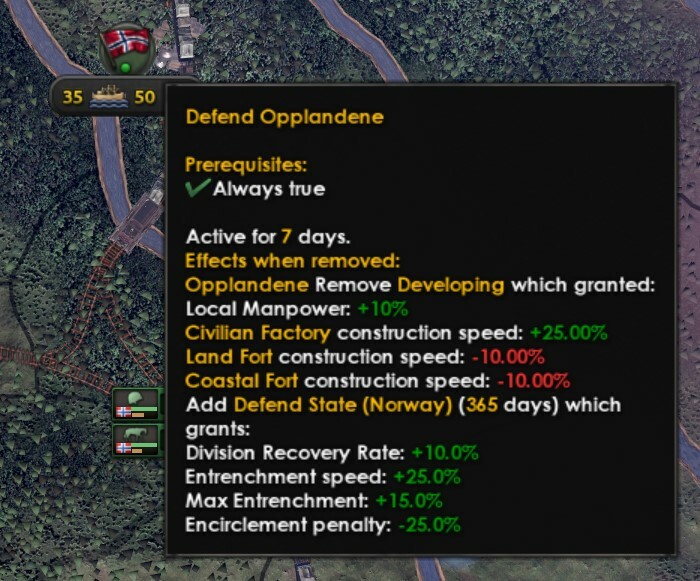
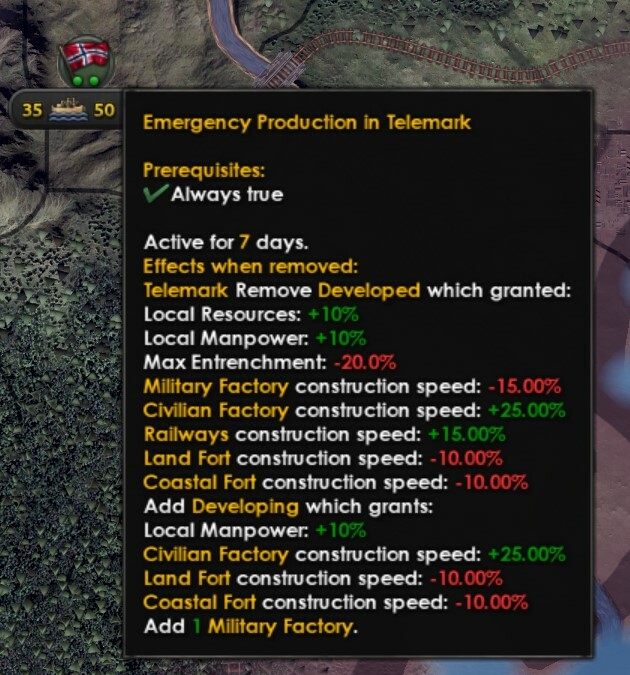
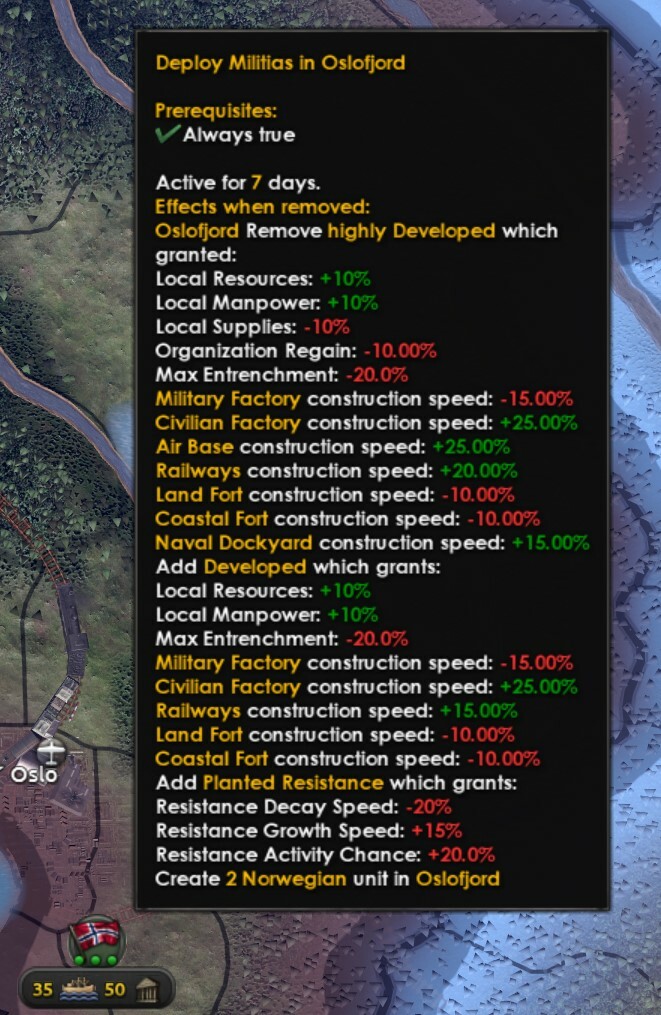
This means that which states you develop, and up to what level, matter a lot if you hope to have a chance against Germany.
Now back to the Focus Tree!
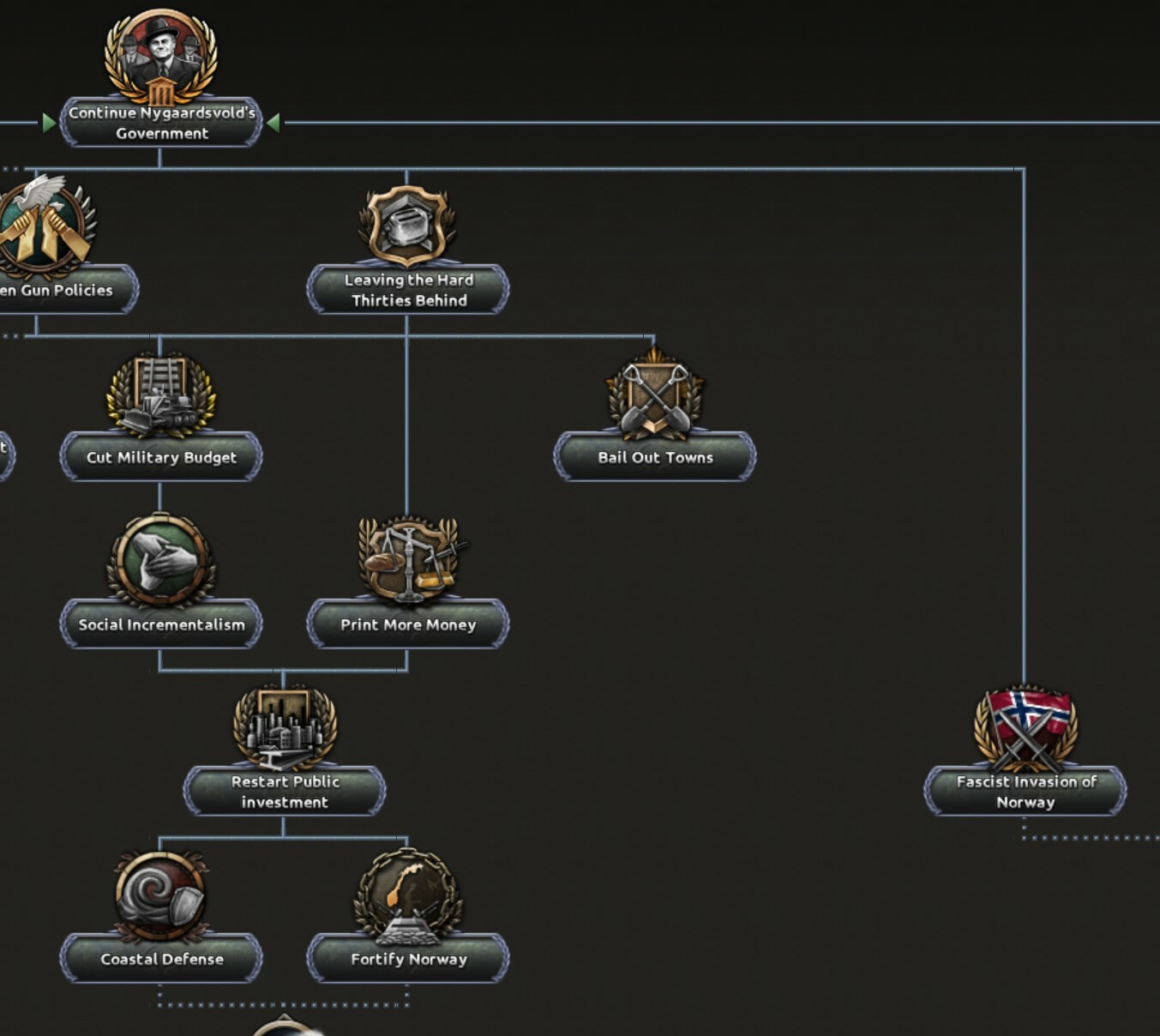
Now you might be asking yourself “What’s the deal with this “Fascist Invasion of Norway focus to the side?”, and I say, don’t worry about it… Nothing to see here.
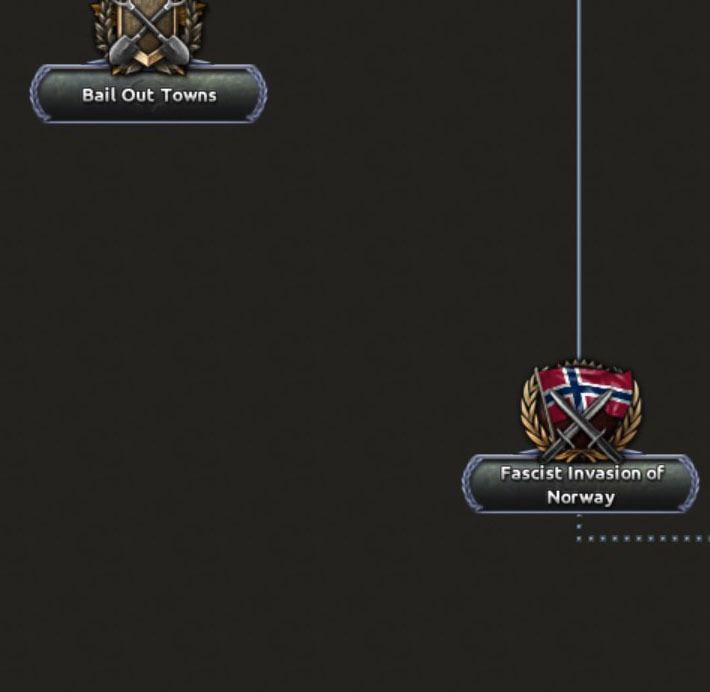
…
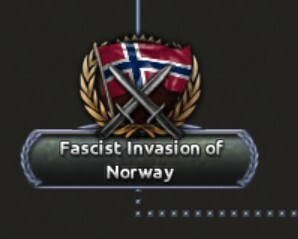
I told you already, nothing important is happening over there. Here, have this focus with a doggo.
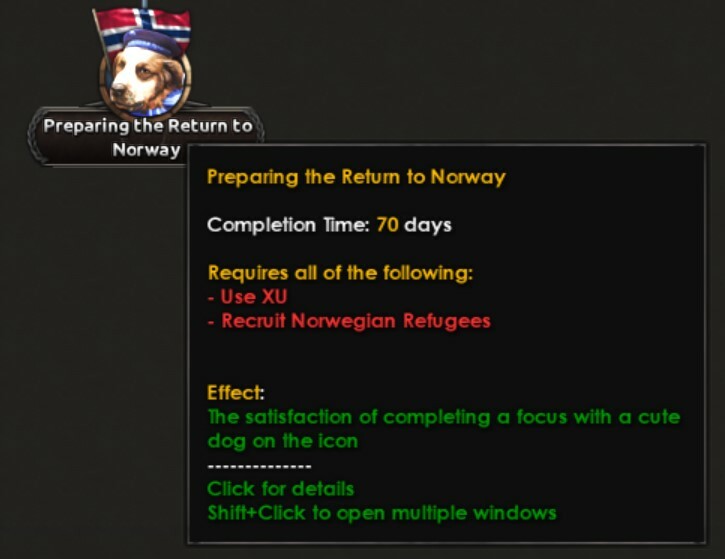
This is the focus Preparing the Return to Norway, and it features Bamse, the San Bernard mascot of the Norwegian Free Forces. He was a crew member of the NoHMS Thorodd, he broke up fights, saved people from drowning and even a stabbing. A true, certified good boy. The focus is meant to…
Alright, alright. You win….

When the… inevitable happens, and Germany decides to invade Norway, two things will happen(Besides getting invaded). First, that focus completes and then you get an event about Quisling’s historical coup, which gives you three choices:
Try your luck. If you trust your preparations then you shouldn’t have much trouble fighting against Germany and Norway’s evil twin.
Delay the coup, at a cost that you can reduce depending on Oslo’s Development level. You’ll get the coup without the possibility of delaying it further once you hit more than 50% Surrender Progress, but if you do well enough you won’t see it ever again. Or…
You can take the coward’s way out, and betray everything you’ve been doing so far to fight on the side of the fascists. Congrats! You’re a Quisling!
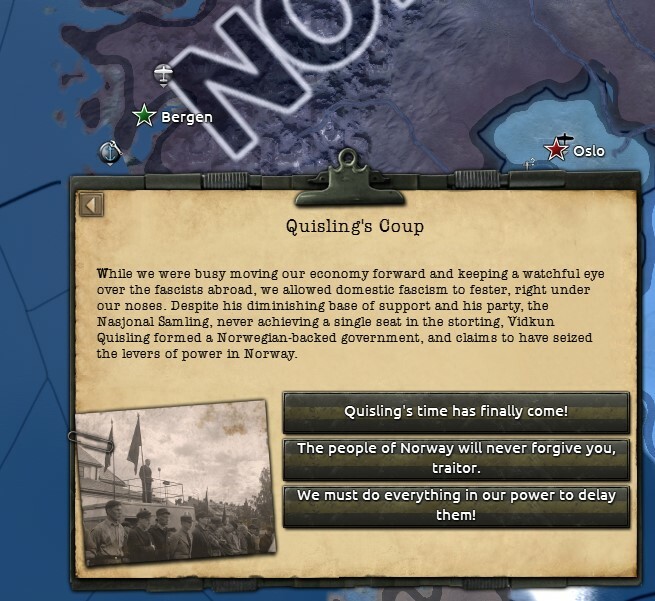
Look… Listen, jokes aside, it happens to the best of us; you’re on your ironman campaign, distracted building toaster factories and reorganizing your navy and suddenly you realize you’re totally not ready for what’s about to come. If it happened to the Norwegian Government in 1940, it can happen to you. With this, you have the option of salvaging your campaign without having to go into exile, and if you prefer to go into exile there’s a small sub branch for that too; Norway has both a Historical Democratic and a Historical Fascist focus branches.
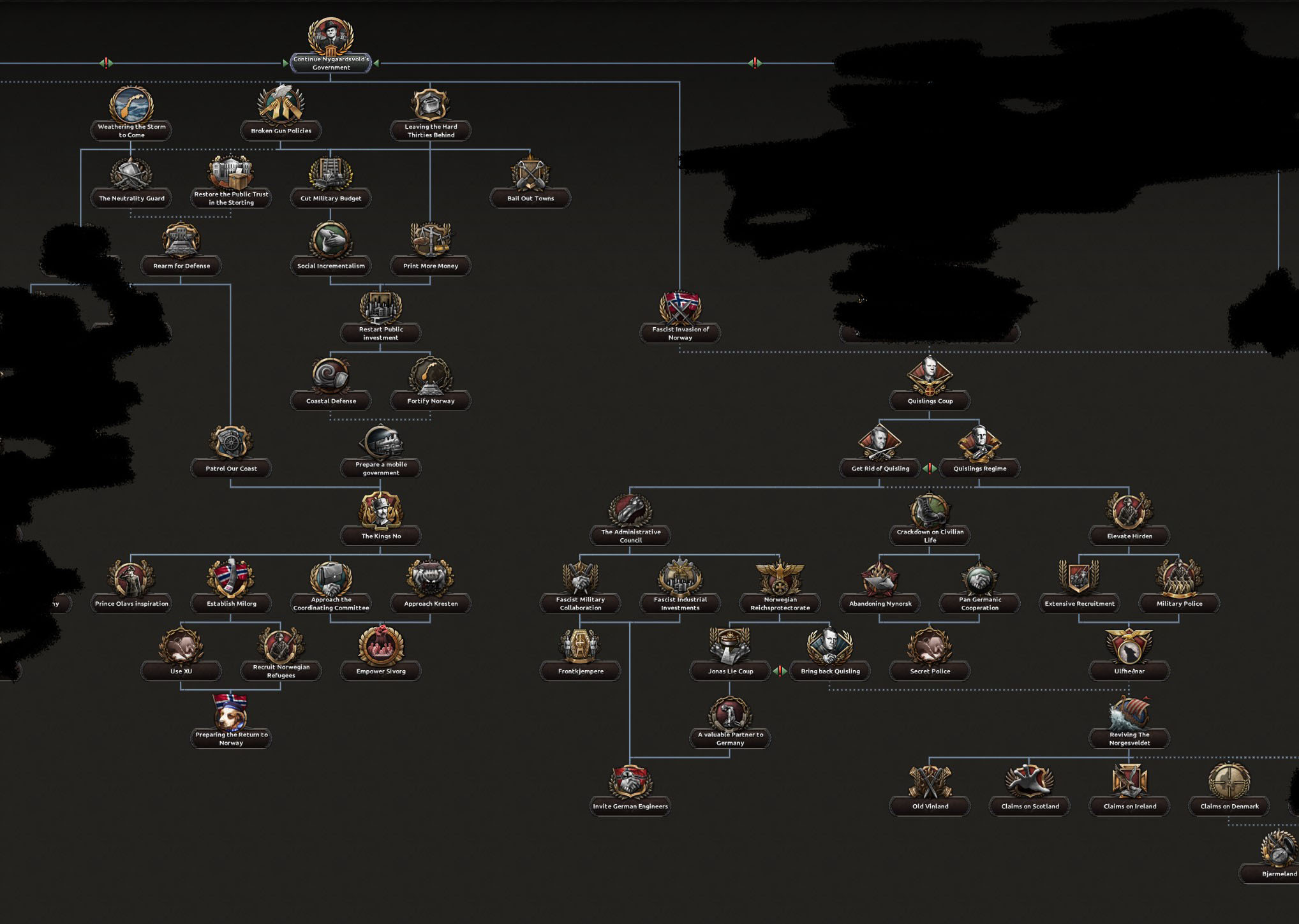
Now that the Oslo shuffle is done, let’s take a look at the Historical Fascist Branch:
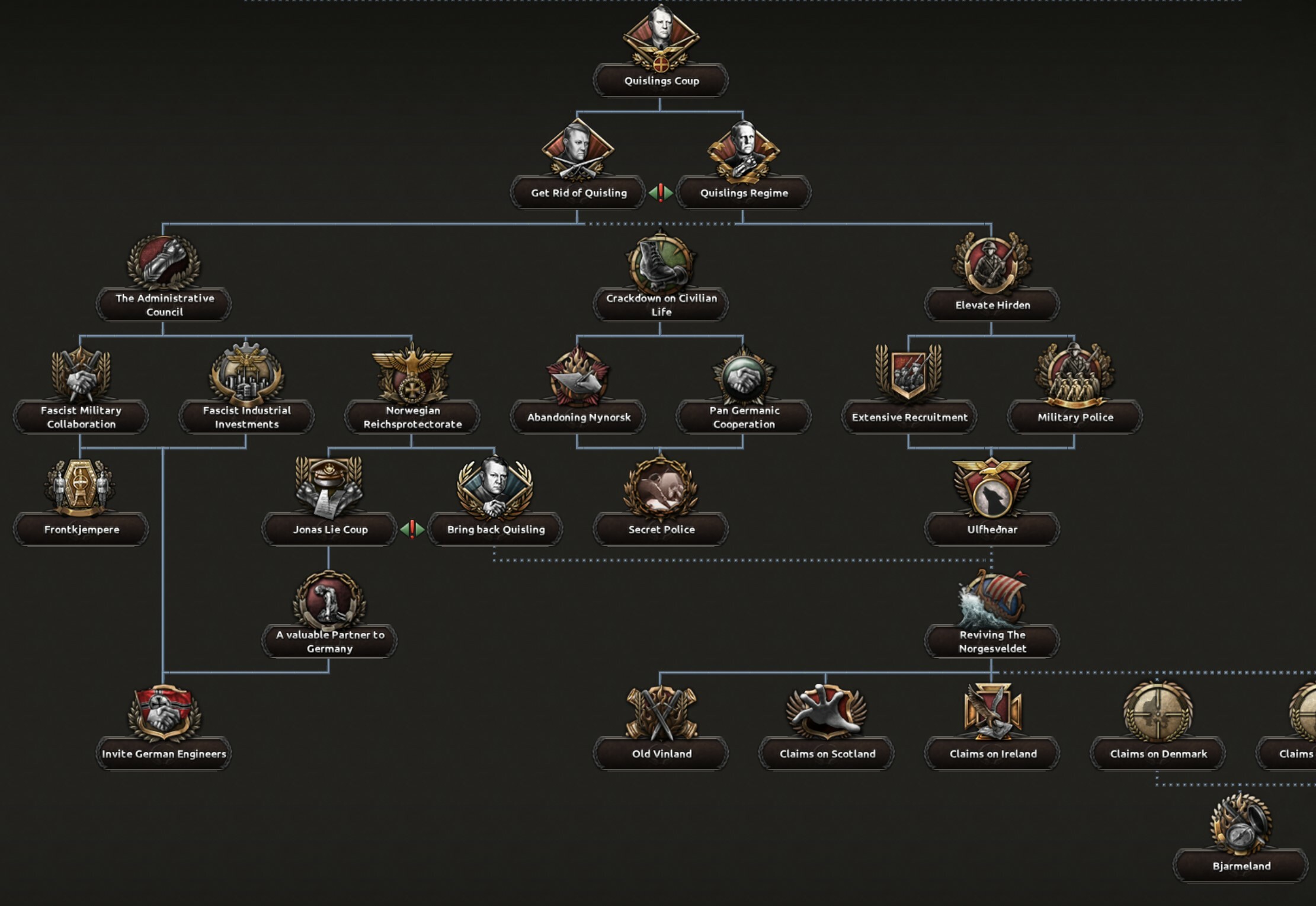
I’m saving it for the alt-history dev diary but there are fascist focuses before this one, and they allow you to lay the groundwork for a fascist civil war, where you’ll be better prepared and potentially have control of more states than just Oslofjord.
If you’re going fascist from the getgo, or delayed the coup, you can complete this 7 day focus at any time and start playing as fascist (It autocompletes if you switch sides). It also adds the National Spirit Contested Leadership, to represent that Quisling, despite being liked by Hitler and some other inner circle Nazis, was not meant to be the ruler of Norway, it was just a temporary stopgap, and an overeager fascist.
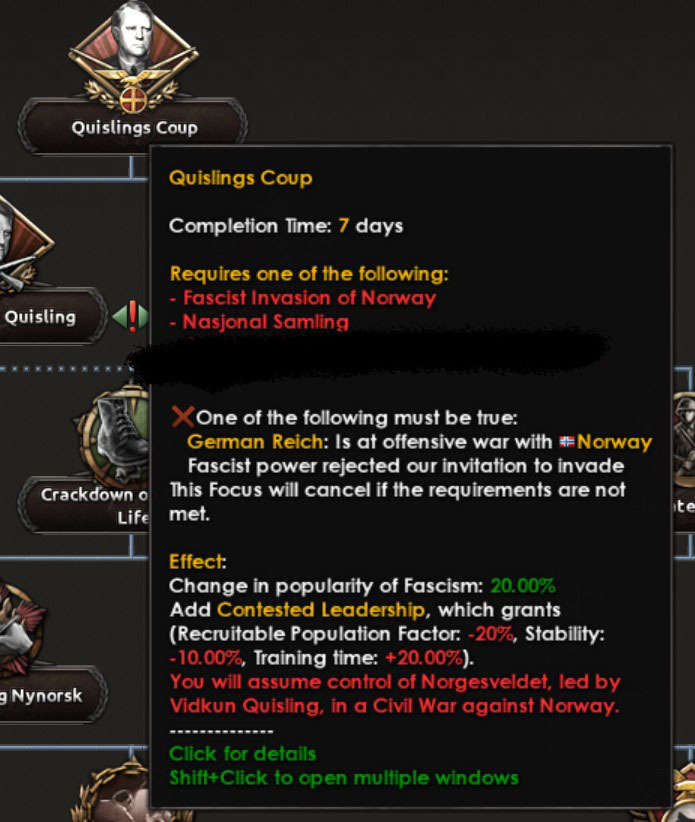
That’s no problem though, because soon enough you get to make this choice between going alt-history by keeping Quisling in power, or continuing the historical path by getting rid of him, replacing him with Josef Terboven, the German administrator of the Reichskommisariat.
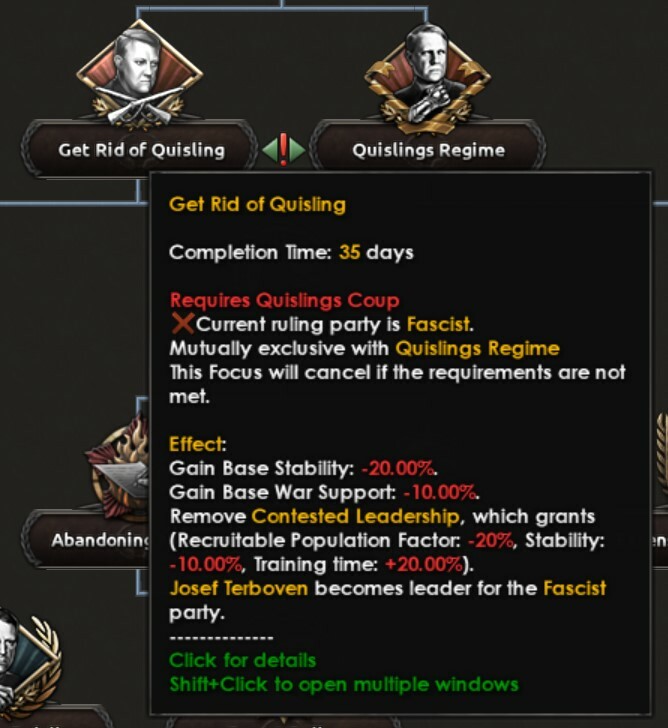
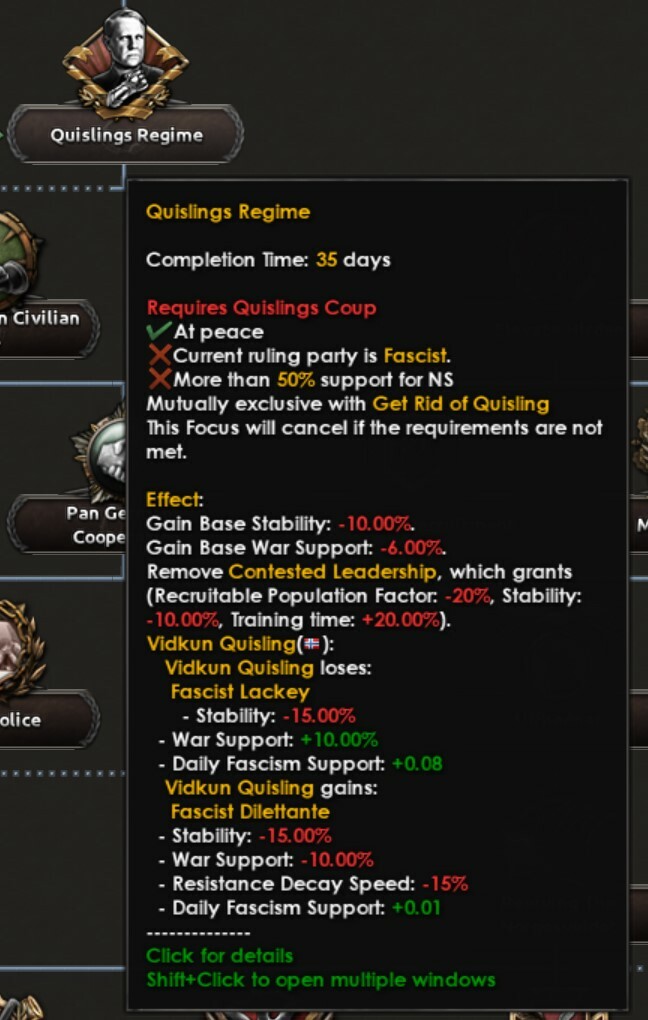
The difference between the two, is that Quisling’s path leans more independent, but lacks the industrial and military cooperation of the Terboven path. You’ll have another chance to bring him back later though, which is what happened historically. But you can choose to put Quisling’s rival, Jonas Lie in power, who will bring Norway closer to Germany, since Quisling wanted to emulate the German Reich but didn’t want to be a puppet of the Germans, while Jonas Lie was called at the time ‘Germany’s man’ and might’ve been content with being a puppet of the Reich.
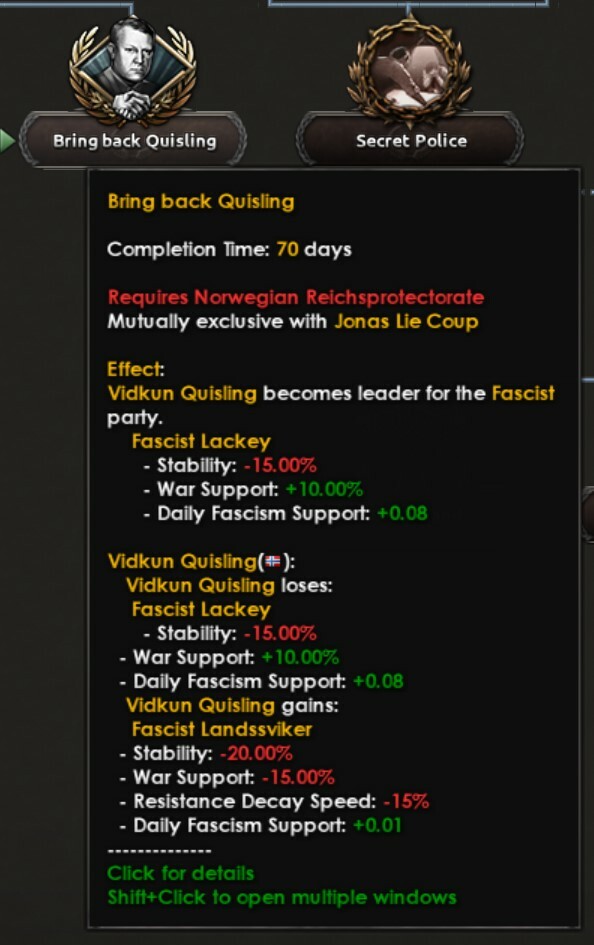
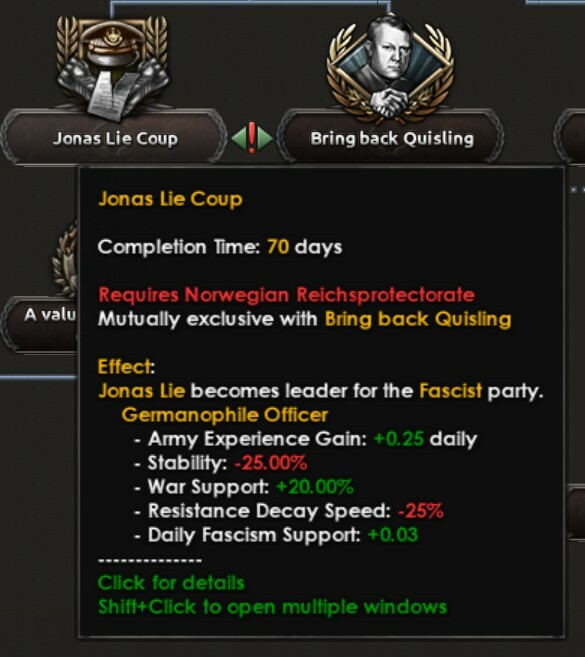
You might be wondering, though, why would anyone not take the independent Fascist Norway path, and the answer is that Quisling has terrible modifiers:
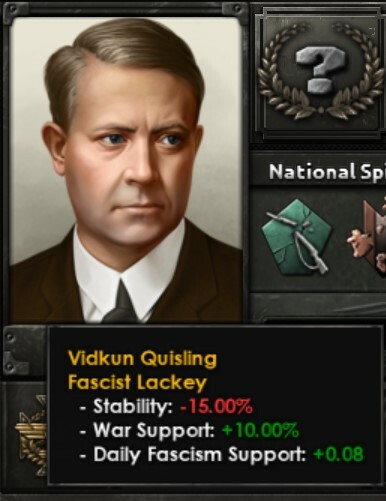
And he gets worse:
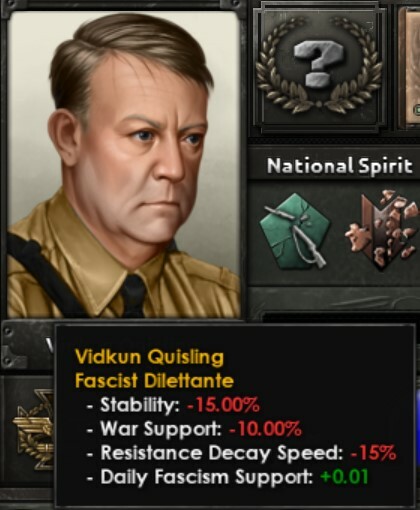
AND EVEN MORE WORSE:
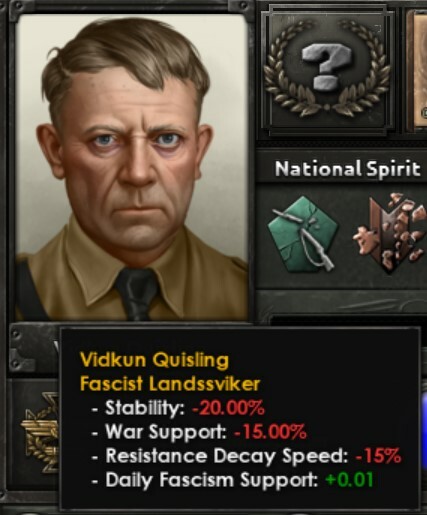
But hey, at least you get some troops and viking claims!
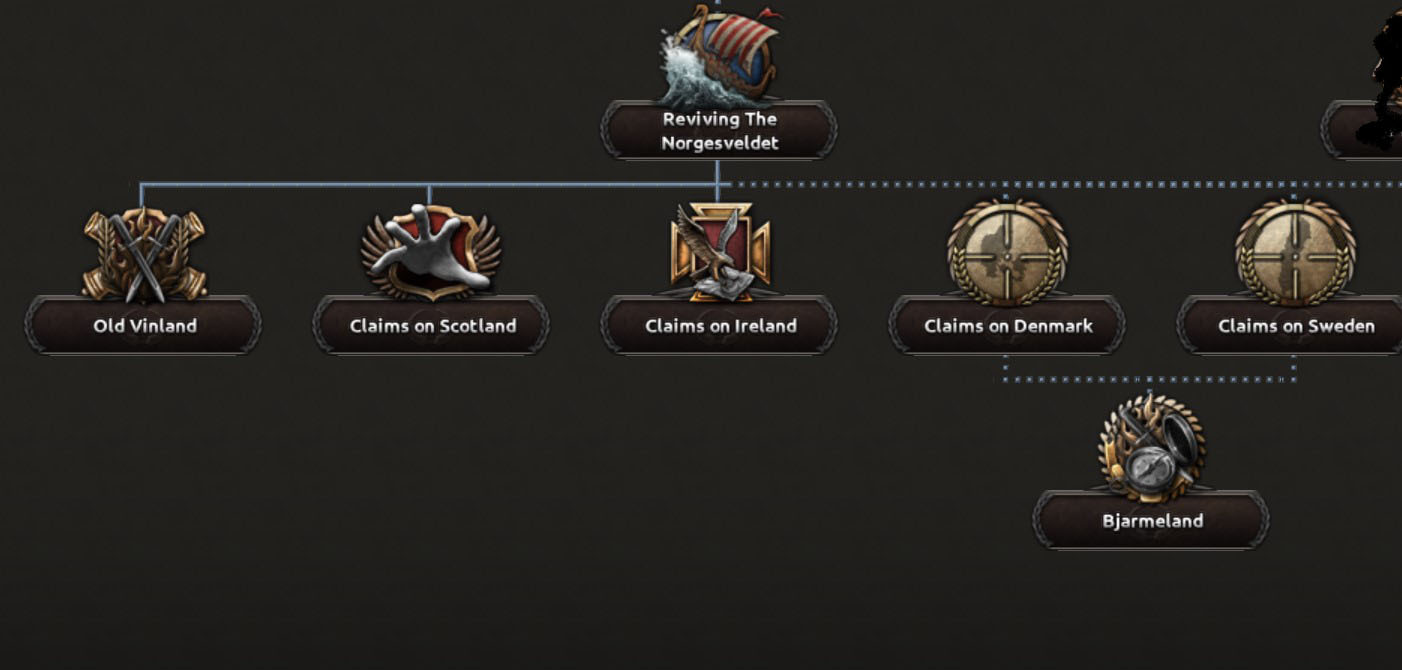
Besides those two branches, every ideology will have access to the common branches to build up industry and improve the armed forces. They have some light overlap, but in general they are divided between: Rearmament Branch, with general army and industrial focuses; the Independent Norway Branch, with civilian industry and tech; the Airforce branch, with bonuses to all things flying; and finally, the Navy branch, which will help your efforts trying to defend your comically long coastline.

It is important to note, that if you’re playing Historical Democratic, you will have the Broken Gun national spirit at some point, which will block you from all of those focuses except for the ones in the Independent Norway branch, so you might be a bit delayed in getting to them if that’s the case.

Now, let me go on a tangent for a bit. This is the story of Norway’s first, and for our period, only tank.
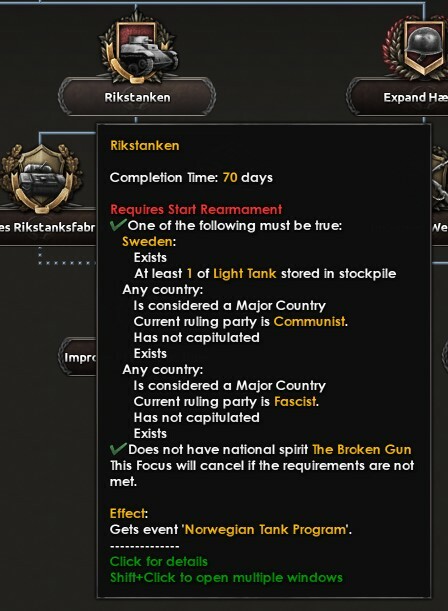
In 1937 the Norwegian government realized that they needed to start thinking about armored warfare, to prepare to fight with tanks, and against tanks, so after some thought, they approached the Swedish company Landsverk to buy a tank. The thing is, they realized tanks were expensive, and way outside their budget, so they just ordered an L-120 Light Tank Chassis, no armor, no turret. Kinda like ordering just the fries and soda, no burger. After it finally arrived, they fitted it with metal sheets as armor, and a “turret” that was basically a cylinder with a hole for a heavy machine gun. People nicknamed Norway’s only tank, ‘Rikstanken’ (The Realm’s Tank), and ‘Kongstanken’ (The King’s Tank). The whole thing is even funnier when you learn that ‘tank’ in Norwegian is the word for ‘thought’, so Rikstanken becomes a metaphor for the idea of Norway itself.
For comparison, this is what a Landsverk L-120 looks like:
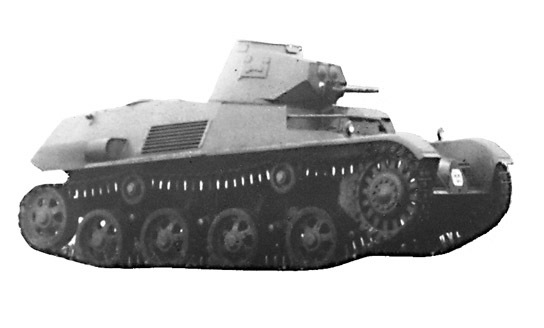
And this is what the Rikstanken looked like:
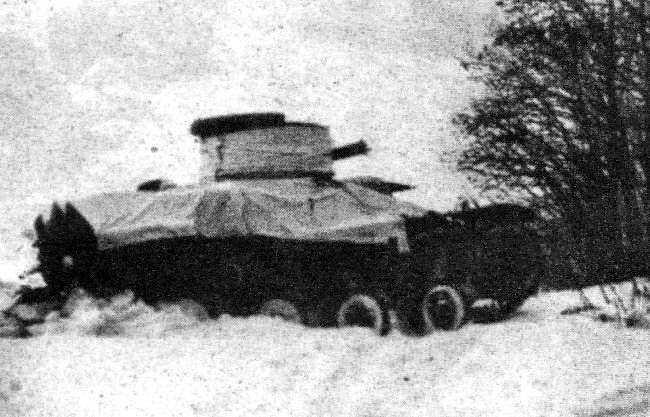
Granted, that’s a particularly bad picture, but I recommend researching a bit more for yourself. It really was a wonderfully bad tank, so bad that they didn’t even use it when the country was being invaded. It’s ok though, we still love you just the way you are, Rikstanken.
Of course I wouldn’t be talking about this if there wasn’t content for it. By completing the Rikstanken focus, you’ll start an event chain that will let you buy a single tank from Sweden. Or if you want to go wildly ahistorical, you can spend a little more and buy a bunch of tanks from them, or from the Soviet Union. Another option will be accepting some political influence from Germany or the Soviet Union in exchange for a bunch of tanks, or even starting a tech exchange for developing your own tanks from scratch.
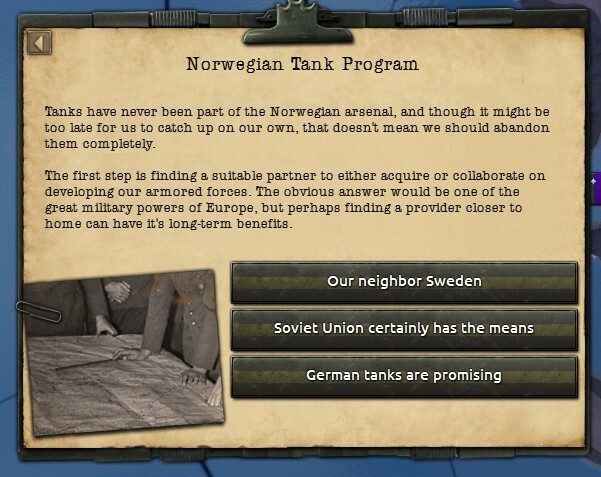
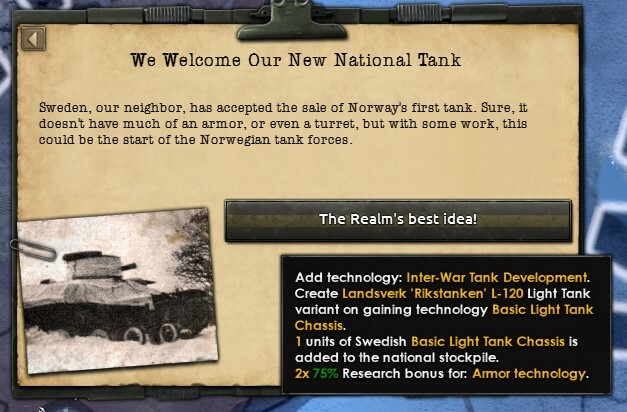
And when you do get that tank, you’ll be able to enjoy it in all its 3D glory:

Of course, this beauty will be able to tour the whole kingdom, all 11 states:
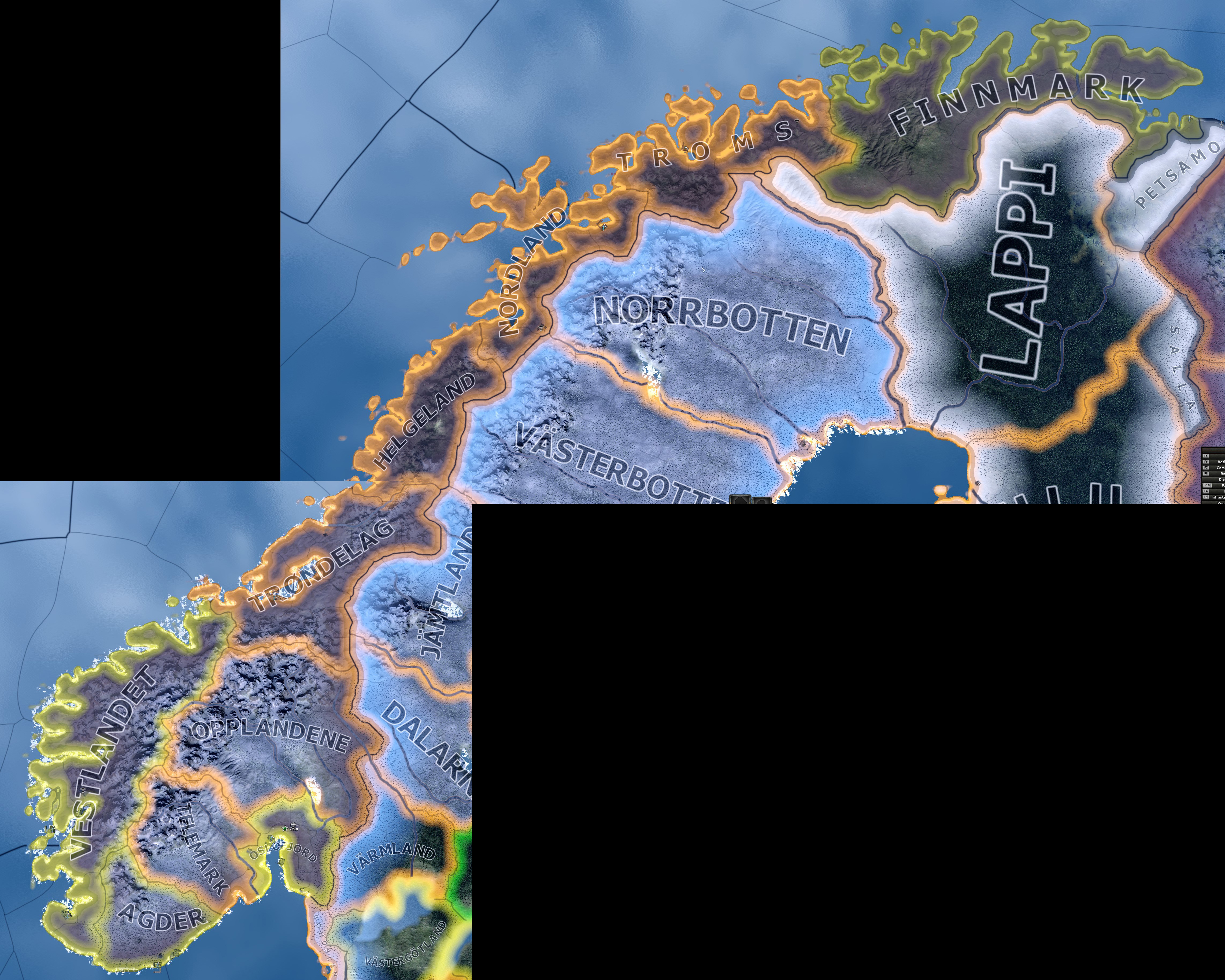
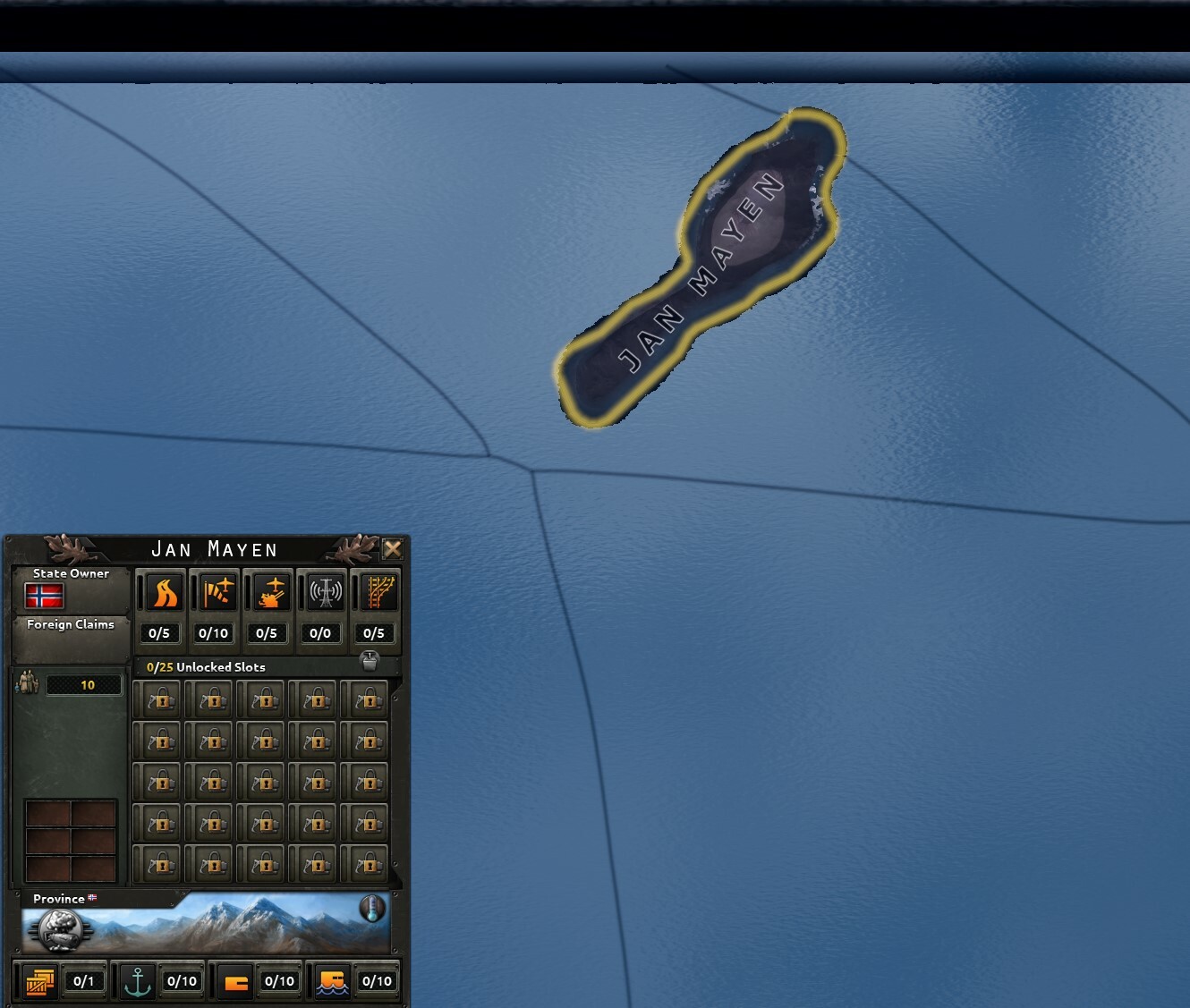
With that, I conclude this Dev Diary, feel free to ask any questions. Now go and wishlist Arms Against Tyranny and stay tuned to learn all about Denmark’s historical content, it might take you longer to read it than what it took Germany to invade it, but it will surely be an interesting read!

The wind may seem to be on Norway’s back, but it is merely the harbinger of the storm to come.

Hey everyone! I’m Carlo, Content Designer for Hearts of Iron 4, and in charge of the Norwegian content. I’m really excited to present to you how we’re depicting Norway in this period; It’s a fascinating country that played a huge and exciting role during World War II, and I’m sure you’ll all have a lot of fun trying to defend it. Let’s get to it. Disclaimer: All of this is Work In Progress and subject to change.
As I was saying in the prologue, the political situation of Norway is getting better, but they have let their armed forces languish, and not only for budgetary reasons: You see, Norway had declared themselves neutral, and while Switzerland hoped to stay out of the war by making itself be as annoying to conquer as possible, Norway hoped to achieve the same result with the opposite method, trying to appear so harmless and accommodating that nobody would think of invading.
I don’t think I need to tell you, dear reader, this plan failed miserably.
They made themselves so damn harmless, that when the war started, BOTH sides were making plans to invade preemptively before the other one had a chance to do so, and when it finally happened, they were caught completely off guard.
And why did both sides want to keep Norway out of the hands of the other? Well, the main reason I presume you read in Sweden’s Dev Diary, Narvik was where iron from Sweden was shipped to Germany when the Baltic ports were frozen. The second one is simply that Norway is very well positioned to launch aerial and naval operations against Britain.
This is why, if you want to change the course of history and defend democratic Norway against the German threat, it will be a challenge. Here are the starting National Spirits:

Complacent Cabinet is meant to represent the unduly confidence the Nygaardsvold government had in a future smooth sailing, and how unprepared it was for a swift reaction to war. It basically makes it harder for you to switch laws and to change the terrible Theorist you start with. Why is he so bad? Well, to represent the infamous miscommunication that occurred when the cabinet found out about the invasion. TL;DR: The government asked for a Partial Mobilization, but unbeknownst to everyone except Birger Ljunberg, this meant sending the conscription orders by post, a terrible idea when you know the enemy is at the gates. Instead of, you know, telling this to the rest of the cabinet and asking if they were sure, he just went ahead and instructed to send the orders by post [Clownemoji].


Obsolete Armed Forces to represent the sorry state of the Norwegian army at the time, ESPECIALLY the forts. That’s why we added two new modifiers so we can make a country’s forts worse than usual. Don’t worry, you can remove this National Spirit later.

The Hard Thirties: AKA country coming out of the great depression starter pack, it makes it slower for you to build and increases your consumer goods usage.

Anti-communist Sentiment increases fascism because there wasn’t a massive communist or fascist presence in the country, but the fear towards communism was one avenue fascists used to recruit.

These are just the starting National Spirits, through the Focus Tree you will be able to remove some of them, and add some new ones. Here’s the political branch for Historical Norway:

As you can see, most of the starting focuses will be geared towards building up civilian industry and improving the political situation, ignoring military buildup.

In fact, if you want to develop Norway properly, you’ll have to complete the focus Broken Gun Policies, which will lock you out of most of the military focuses, but gives you access to the central decision system for Historical Norway:

The idea is that you can develop each state individually so you can get civilian benefits out of them, at the cost of military readiness for that state. You can Develop a state up to 3 times, with increasing civilian benefits and harsher military penalties. As I said, Norway’s focus before the war was civilian development rather than military preparedness, if you started building up the military right away it wouldn’t be historical would it?

Don’t fret though, once the war starts, you’ll be able to leverage this development into military benefits to properly defend against the incoming Fascist bully. It won’t only cost you development and political power, you will also spend convoys; after all, Norway had one of the largest merchant marines in the world, so shedding it represents the economic cost of shifting towards military power.

When you convert the development of a state into military military effects, the state will go one level down in development and you will get a different benefit based on the development level:
At level 1 you will get a dynamic modifier in that state to defend it better.
At level 2 you will get a free military factory in that state
And in level 3 you get two militia divisions, plus a dynamic modifier for the resistance on that state when it is conquered.



This means that which states you develop, and up to what level, matter a lot if you hope to have a chance against Germany.
Now back to the Focus Tree!

Now you might be asking yourself “What’s the deal with this “Fascist Invasion of Norway focus to the side?”, and I say, don’t worry about it… Nothing to see here.

…

I told you already, nothing important is happening over there. Here, have this focus with a doggo.

This is the focus Preparing the Return to Norway, and it features Bamse, the San Bernard mascot of the Norwegian Free Forces. He was a crew member of the NoHMS Thorodd, he broke up fights, saved people from drowning and even a stabbing. A true, certified good boy. The focus is meant to…
Alright, alright. You win….

When the… inevitable happens, and Germany decides to invade Norway, two things will happen(Besides getting invaded). First, that focus completes and then you get an event about Quisling’s historical coup, which gives you three choices:
Try your luck. If you trust your preparations then you shouldn’t have much trouble fighting against Germany and Norway’s evil twin.
Delay the coup, at a cost that you can reduce depending on Oslo’s Development level. You’ll get the coup without the possibility of delaying it further once you hit more than 50% Surrender Progress, but if you do well enough you won’t see it ever again. Or…
You can take the coward’s way out, and betray everything you’ve been doing so far to fight on the side of the fascists. Congrats! You’re a Quisling!

Look… Listen, jokes aside, it happens to the best of us; you’re on your ironman campaign, distracted building toaster factories and reorganizing your navy and suddenly you realize you’re totally not ready for what’s about to come. If it happened to the Norwegian Government in 1940, it can happen to you. With this, you have the option of salvaging your campaign without having to go into exile, and if you prefer to go into exile there’s a small sub branch for that too; Norway has both a Historical Democratic and a Historical Fascist focus branches.

Now that the Oslo shuffle is done, let’s take a look at the Historical Fascist Branch:

I’m saving it for the alt-history dev diary but there are fascist focuses before this one, and they allow you to lay the groundwork for a fascist civil war, where you’ll be better prepared and potentially have control of more states than just Oslofjord.
If you’re going fascist from the getgo, or delayed the coup, you can complete this 7 day focus at any time and start playing as fascist (It autocompletes if you switch sides). It also adds the National Spirit Contested Leadership, to represent that Quisling, despite being liked by Hitler and some other inner circle Nazis, was not meant to be the ruler of Norway, it was just a temporary stopgap, and an overeager fascist.

That’s no problem though, because soon enough you get to make this choice between going alt-history by keeping Quisling in power, or continuing the historical path by getting rid of him, replacing him with Josef Terboven, the German administrator of the Reichskommisariat.


The difference between the two, is that Quisling’s path leans more independent, but lacks the industrial and military cooperation of the Terboven path. You’ll have another chance to bring him back later though, which is what happened historically. But you can choose to put Quisling’s rival, Jonas Lie in power, who will bring Norway closer to Germany, since Quisling wanted to emulate the German Reich but didn’t want to be a puppet of the Germans, while Jonas Lie was called at the time ‘Germany’s man’ and might’ve been content with being a puppet of the Reich.


You might be wondering, though, why would anyone not take the independent Fascist Norway path, and the answer is that Quisling has terrible modifiers:

And he gets worse:

AND EVEN MORE WORSE:

But hey, at least you get some troops and viking claims!

Besides those two branches, every ideology will have access to the common branches to build up industry and improve the armed forces. They have some light overlap, but in general they are divided between: Rearmament Branch, with general army and industrial focuses; the Independent Norway Branch, with civilian industry and tech; the Airforce branch, with bonuses to all things flying; and finally, the Navy branch, which will help your efforts trying to defend your comically long coastline.

It is important to note, that if you’re playing Historical Democratic, you will have the Broken Gun national spirit at some point, which will block you from all of those focuses except for the ones in the Independent Norway branch, so you might be a bit delayed in getting to them if that’s the case.

Now, let me go on a tangent for a bit. This is the story of Norway’s first, and for our period, only tank.

In 1937 the Norwegian government realized that they needed to start thinking about armored warfare, to prepare to fight with tanks, and against tanks, so after some thought, they approached the Swedish company Landsverk to buy a tank. The thing is, they realized tanks were expensive, and way outside their budget, so they just ordered an L-120 Light Tank Chassis, no armor, no turret. Kinda like ordering just the fries and soda, no burger. After it finally arrived, they fitted it with metal sheets as armor, and a “turret” that was basically a cylinder with a hole for a heavy machine gun. People nicknamed Norway’s only tank, ‘Rikstanken’ (The Realm’s Tank), and ‘Kongstanken’ (The King’s Tank). The whole thing is even funnier when you learn that ‘tank’ in Norwegian is the word for ‘thought’, so Rikstanken becomes a metaphor for the idea of Norway itself.
For comparison, this is what a Landsverk L-120 looks like:

And this is what the Rikstanken looked like:

Granted, that’s a particularly bad picture, but I recommend researching a bit more for yourself. It really was a wonderfully bad tank, so bad that they didn’t even use it when the country was being invaded. It’s ok though, we still love you just the way you are, Rikstanken.
Of course I wouldn’t be talking about this if there wasn’t content for it. By completing the Rikstanken focus, you’ll start an event chain that will let you buy a single tank from Sweden. Or if you want to go wildly ahistorical, you can spend a little more and buy a bunch of tanks from them, or from the Soviet Union. Another option will be accepting some political influence from Germany or the Soviet Union in exchange for a bunch of tanks, or even starting a tech exchange for developing your own tanks from scratch.


And when you do get that tank, you’ll be able to enjoy it in all its 3D glory:

Of course, this beauty will be able to tour the whole kingdom, all 11 states:

- Oslofjord
- Telemark
- Opplandene
- Agder
- Vestlandet
- Trøndelag
- Helgeland
- Nordland
- Troms
- Finnmark

With that, I conclude this Dev Diary, feel free to ask any questions. Now go and wishlist Arms Against Tyranny and stay tuned to learn all about Denmark’s historical content, it might take you longer to read it than what it took Germany to invade it, but it will surely be an interesting read!





